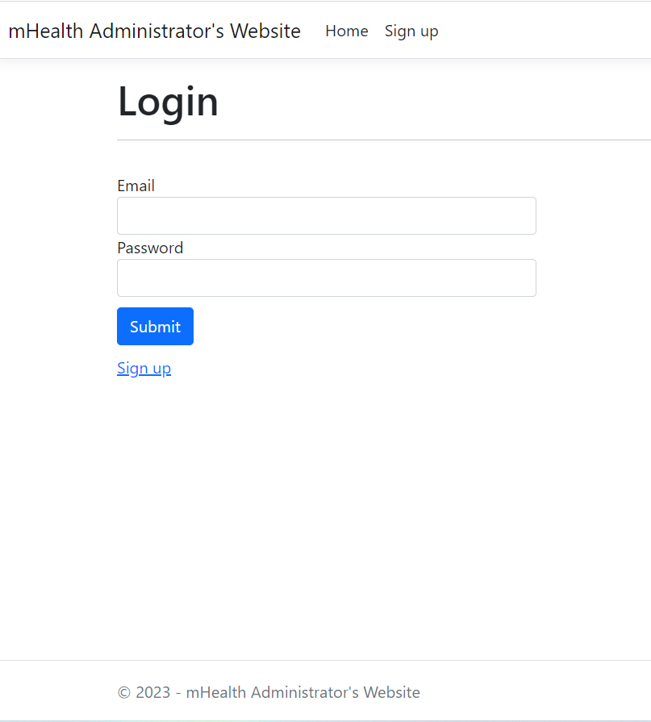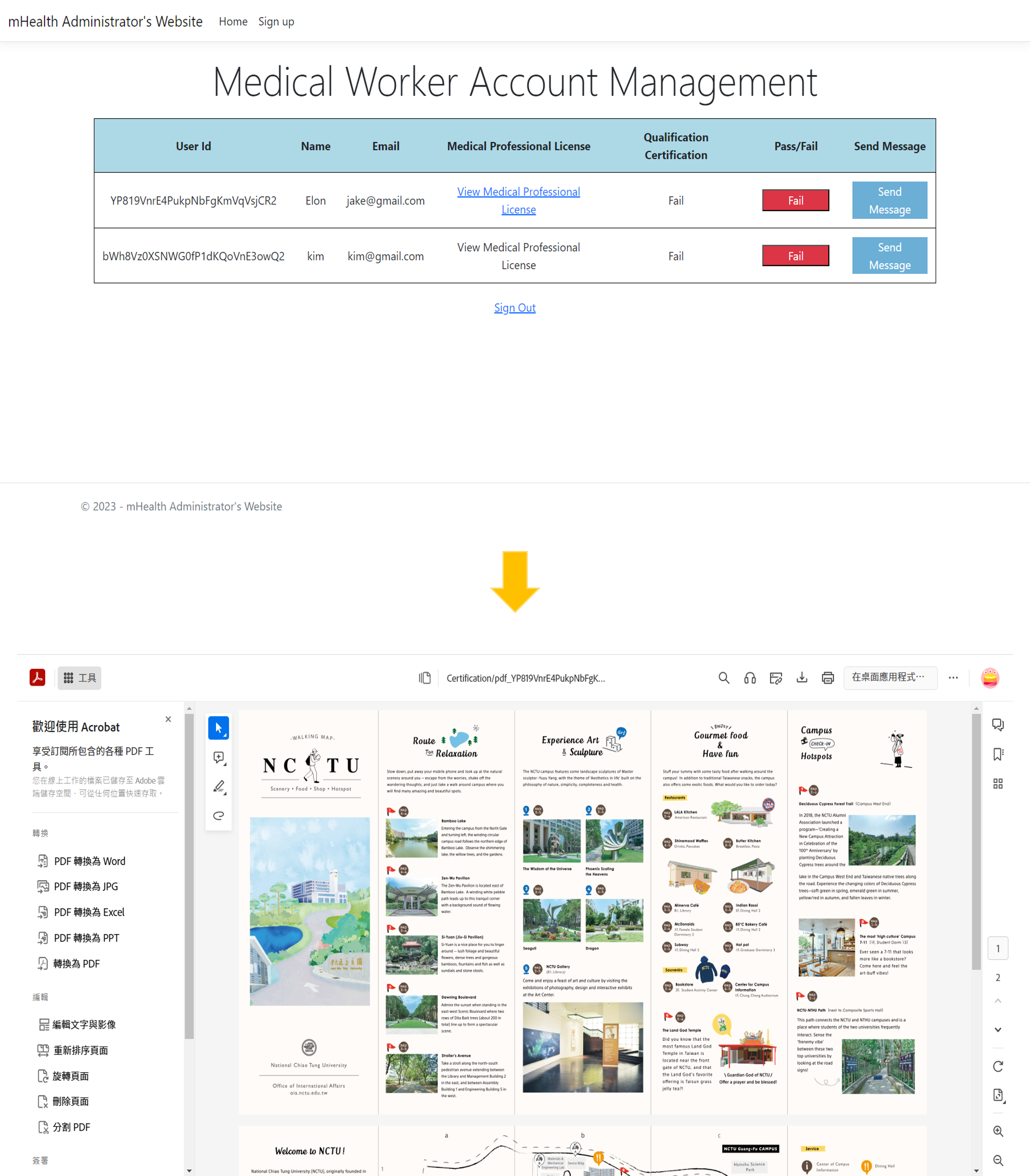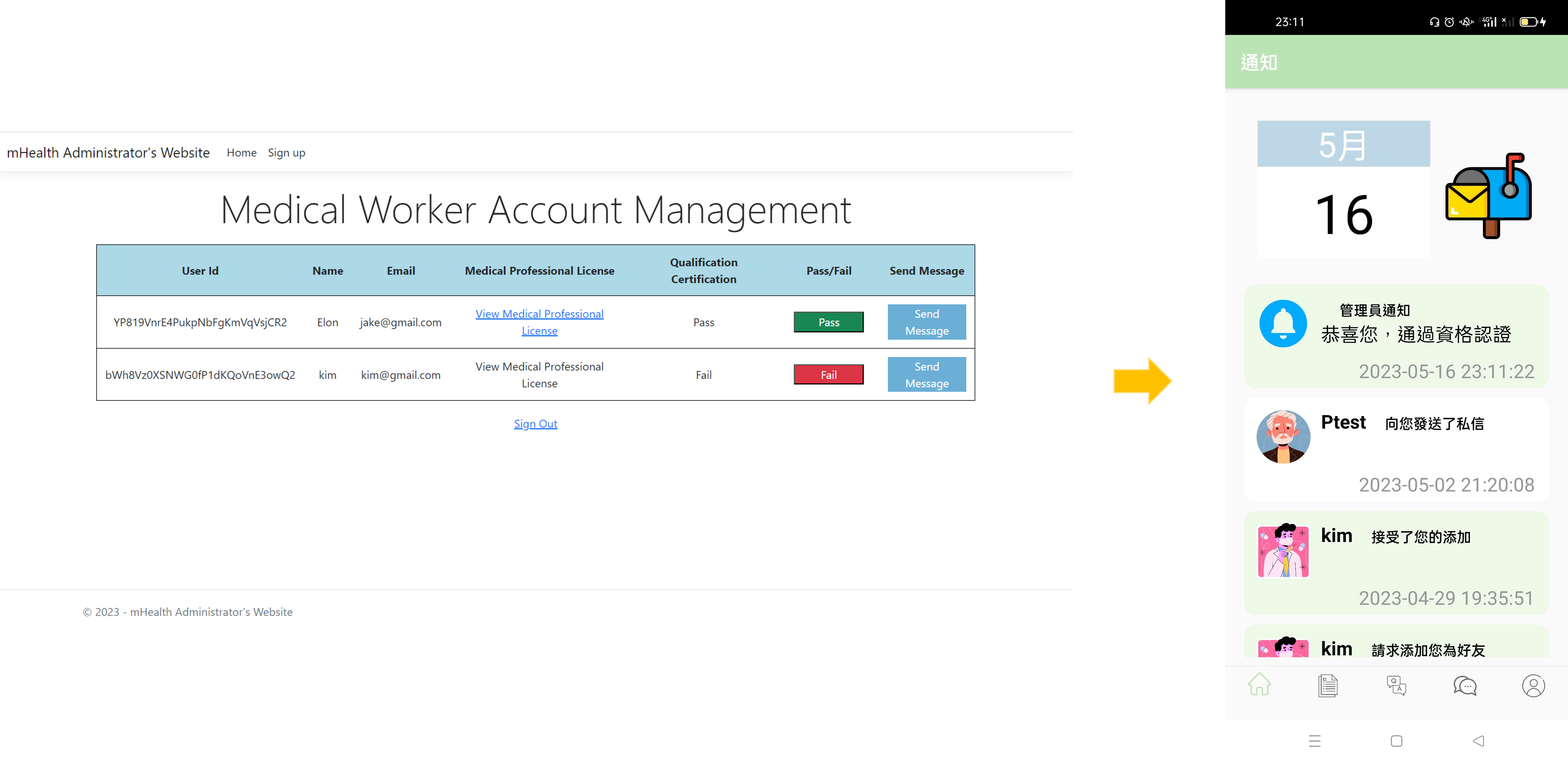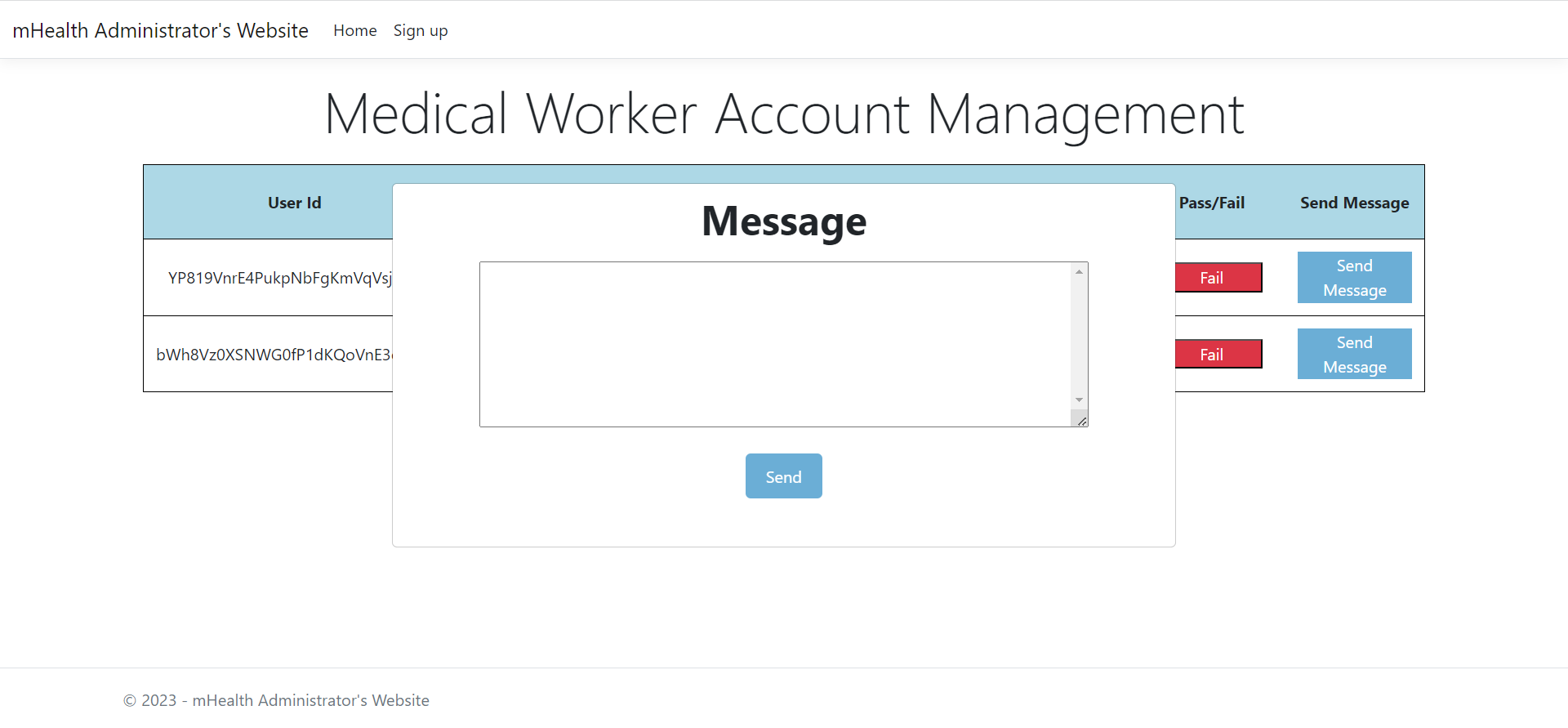Mobile Health App for Hypertension Management in CKD Patients
Motivation
Chronic Kidney Disease (CKD) patients are highly susceptible to hypertension, with a notable impact on their health. Elevated blood pressure (BP) worsens renal damage, accelerates CKD progression, and heightens cardiovascular risks. Effective management is vital, but hurdles include patient adherence, lifestyle modifications, and BP monitoring. Home BP monitoring is crucial, as clinic-based readings may not reflect daily dynamics. Integrating home BP data with medication adherence is vital for comprehensive care. However, obtaining accurate data is challenging. Active patient engagement enhances outcomes, but health information from unreliable sources and general advice can confuse patients. Tailored guidance is key, considering patients' unique situations. Addressing hypertension and CKD complexities requires clear communication and patient involvement enhances adherence. This thesis is motivated by addressing these challenges in home BP monitoring, medication adherence integration, tailored health education, and patient engagement.
Objective
This thesis aims to develop a cloud-based mHealth app to improve hypertension management for CKD patients. The app will cater to patients and medical workers, offering features like tracking BP readings, and medication intake, and sharing health education articles. It will enhance patient engagement through a Q&A section and private communication channels. The app's credibility will be strengthened by implementing user roles and access levels. Evaluation will include usability and performance assessments, ensuring a user-friendly experience and accurate health information delivery.
Scenario
In the mHealth application designed for CKD patients, users can effectively manage their BP and engage with medical workers. The application provides a range of features to meet the diverse needs of CKD patients.
In Scenario 1, CKD patients can record, view, and manage their home BP readings within the application. They can input their BP measurements, including systolic and diastolic values. The application provides visualization tools, such as graphical charts, allowing users to monitor their BP trends and fluctuations over time. Patients can assess the effectiveness of their treatment or medication based on the recorded data and make informed decisions regarding their hypertension management.
Additionally, the application allows patients to securely share their BP records with medical workers. By granting access, patients can provide medical workers with a clear overview of their BP history, enabling more informed discussions during consultations or checkups. This feature facilitates collaboration between patients and medical workers in managing and optimizing BP control.
The mHealth application also incorporates medication management features. Patients can set medication reminders to ensure timely and proper intake of prescribed medications. Patients can schedule reminders for different medications, specifying the dosage and frequency. This helps improve medication adherence and control over hypertension.
Moreover, the application provides a medication log where users can track and review their medication history. Patients can access a detailed record of their past medication intake, including the dates, times, and dosages. This feature allows patients to monitor their medication adherence, track the correlation between medication intake and BP changes, and share accurate medication records with medical workers during consultations or check-ups.
The data-sharing functionality within the application enables patients to securely share their BP records and medication logs with medical workers. By granting access, patients can provide medical workers with valuable insights into their BP history, medication adherence, and treatment outcomes. This promotes collaborative decisionmaking and personalized care.
In Scenario 2, both CKD patients and medical workers play active roles within the application. CKD patients can ask questions related to hypertension management and seek advice from medical workers. In parallel, medical workers can contribute to the application’s content by publishing health education articles. These articles aim to provide valuable information and insights into hypertension management. Furthermore, medical workers can initiate brief surveys within the application to gather patients’ opinions or preferences regarding healthcare activities. This feedback helps in tailoring healthcare services to meet patients’ needs effectively.
By incorporating the participation of medical workers, the application fosters a collaborative environment where patients and medical workers can interact, exchange knowledge, and contribute to the improvement of hypertension management practices.
System Design
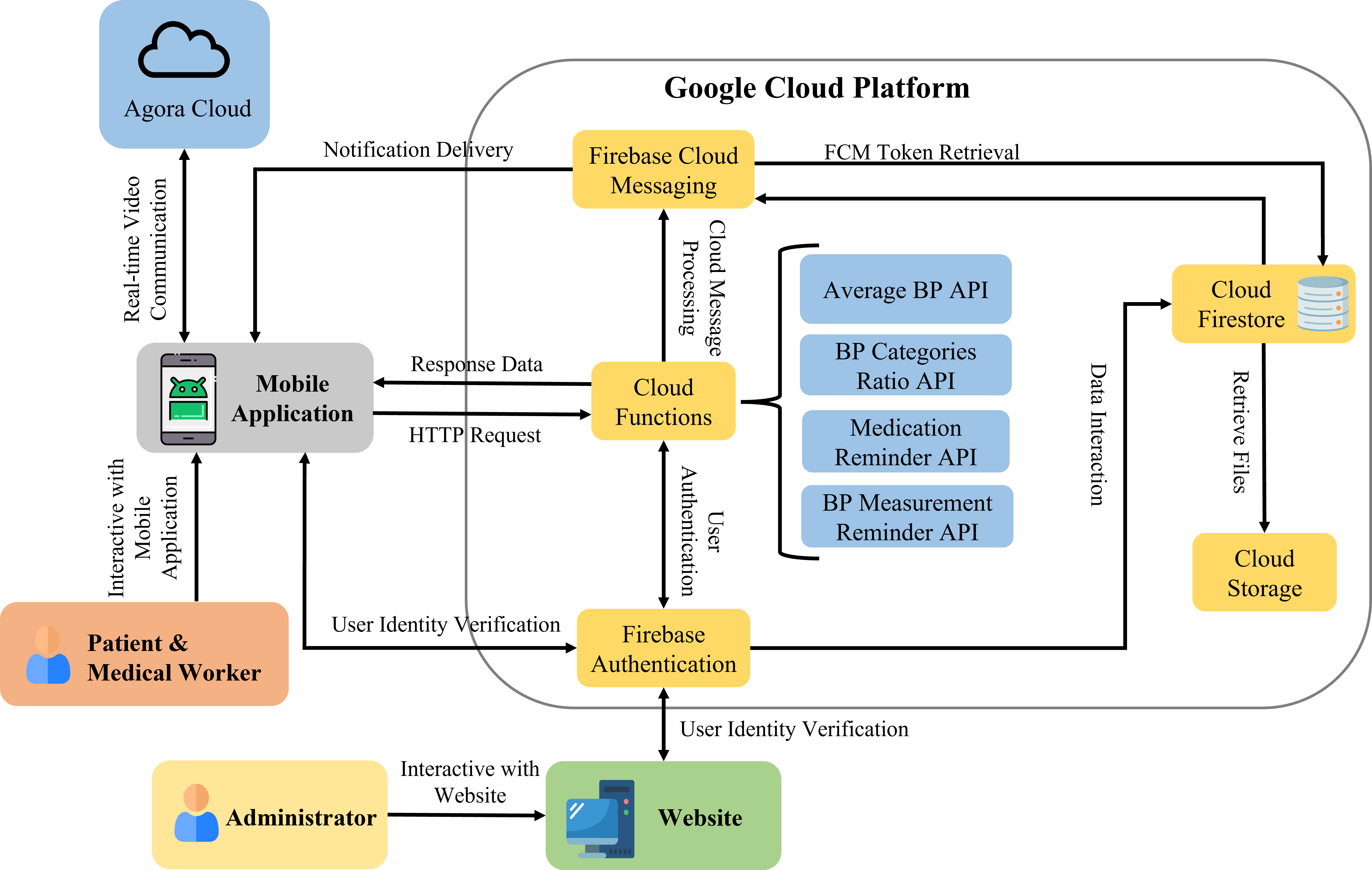
The mHealth application's system architecture is designed for secure hypertension management, enabling effective communication and data sharing among patients, medical workers, and administrators. It includes mobile apps for patients and medical workers, and an administrator website, and leverages Firebase services for authentication, database management (Cloud Firestore), storage (Cloud Storage), and serverless computing (Cloud Functions). Agora's real-time communication solutions enable video calling. The architecture provides a comprehensive and scalable platform for streamlined healthcare interactions.
Implementation
The development environment and tools employed in this project encompass the following components: For the Android application, Android Studio (Electric Eel | 2022.1.1 Patch 2) served as the integrated development environment, and Java was utilized as the primary programming language. Concerning the website, Visual Studio Community 2022 (17.5.4) was chosen as the integrated development environment. The frontend development utilized HTML, CSS, and JavaScript, while the backend was developed using ASP.NET Core (7.0.203) and the C# programming language. Regarding the backend, Firebase Cloud Functions were adopted. Visual Studio Code (1.78.2) was employed as the integrated development environment, with Firebase Command Line Interface (11.30.0) for interface configuration. The runtime environment consisted of Node.js (19.8.1) and JavaScript for programming. Our solution heavily relies on various Firebase services, including Firebase Authentication (22.0.0) for user authentication, Firebase Cloud Messaging (23.1.2) for message delivery, Cloud Firestore (24.6.0) as the core backend database, Cloud Storage (20.2.0) for storing user-generated images and files, and Cloud Functions (20.3.1) for executing backend operations. Additionally, we integrated a third-party video calling service, Agora Video SDK (4.1.1), to enable video calling functionality. The selection of these development tools and environments ensures the effectiveness, stability, and scalability of our solution across various aspects.
Demonstration
mHealth Application (Patient Version)


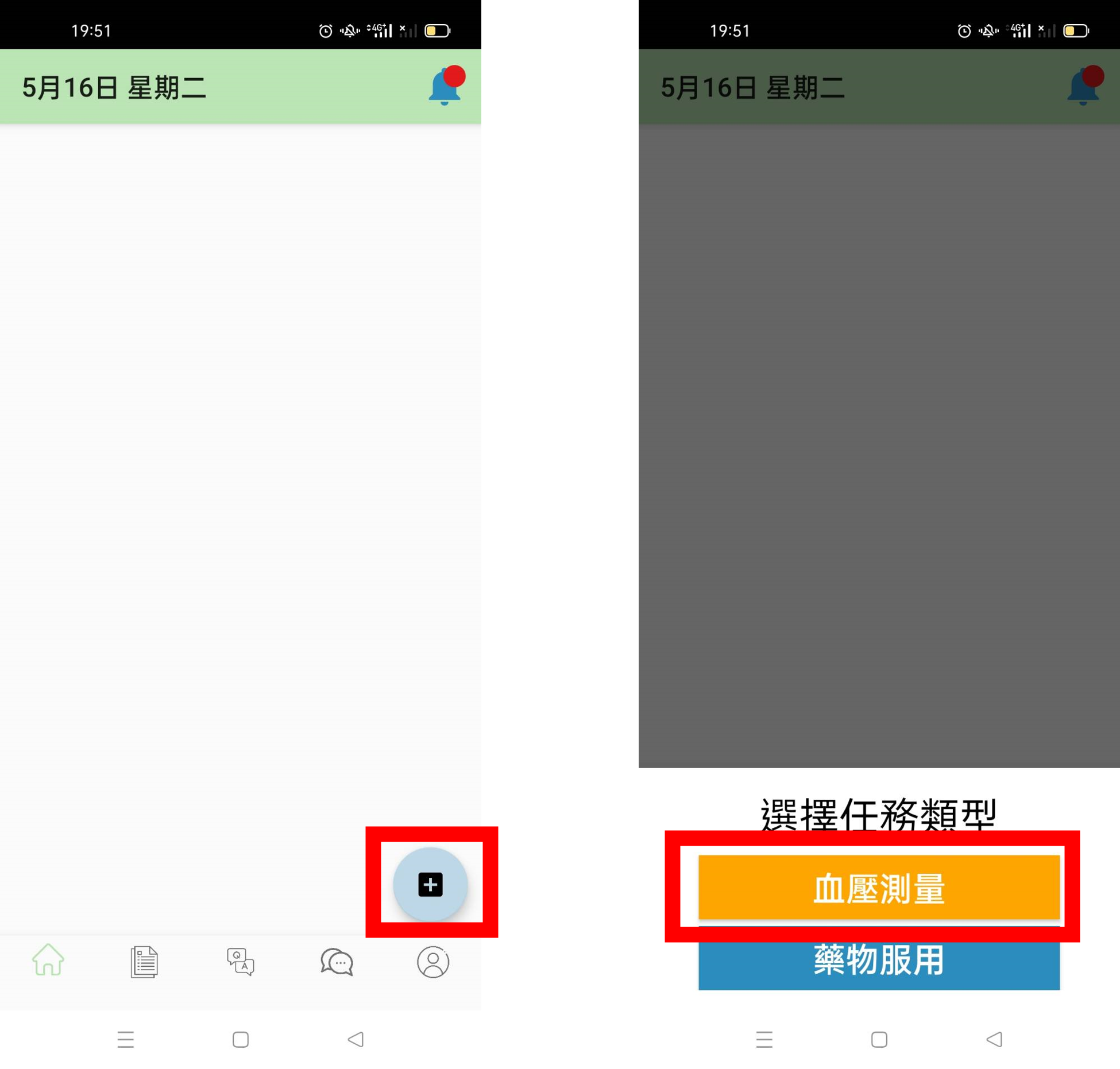
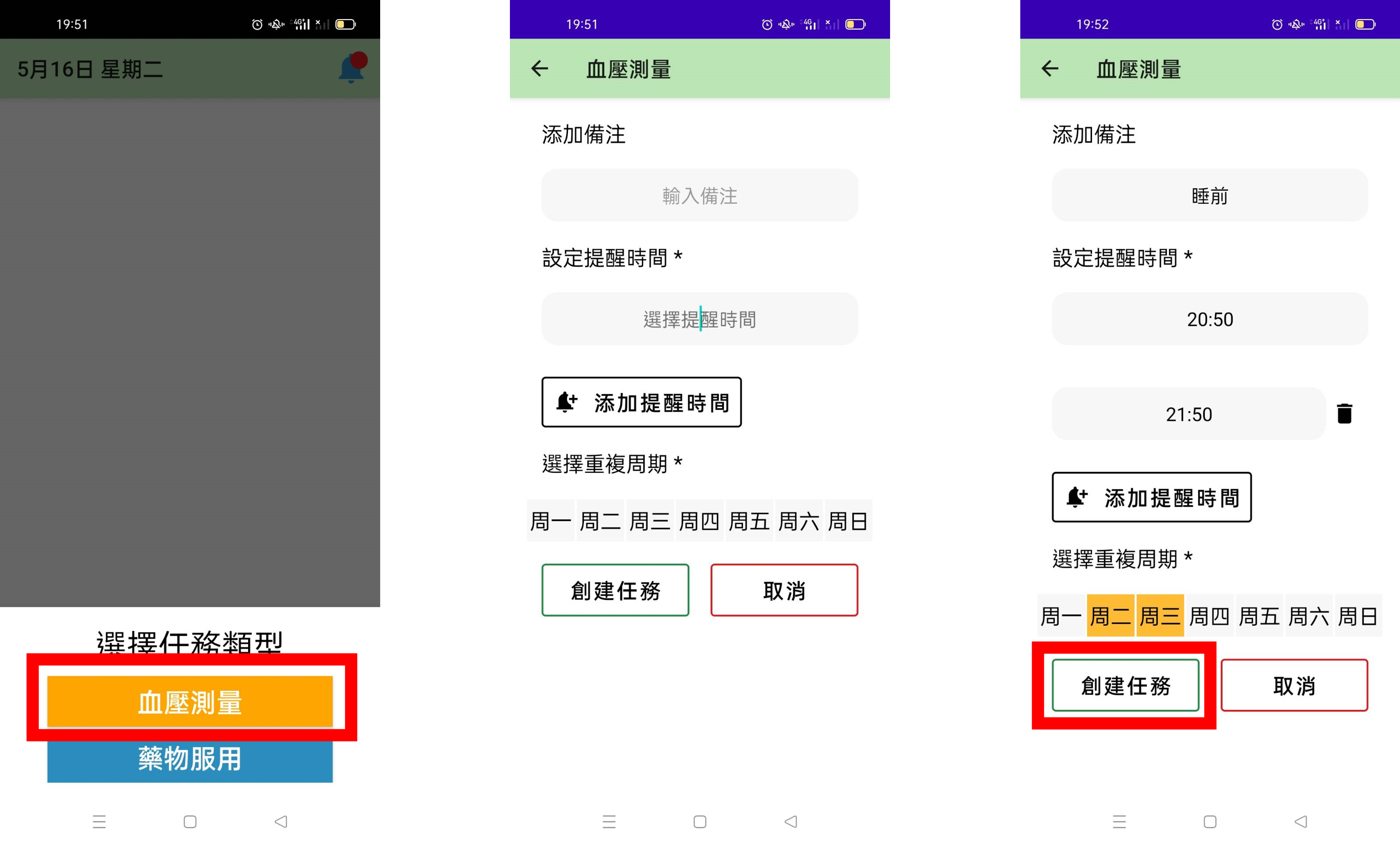
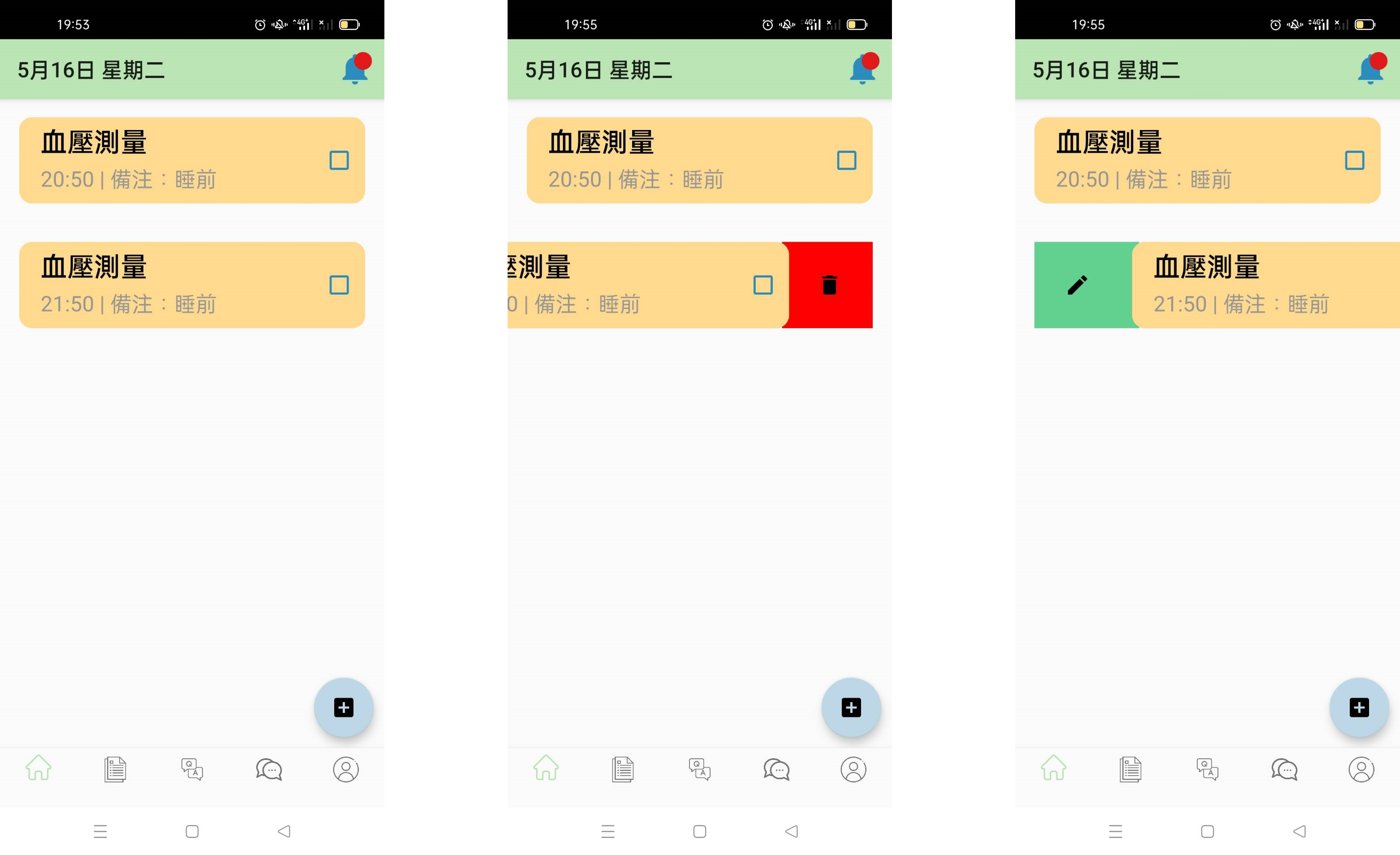

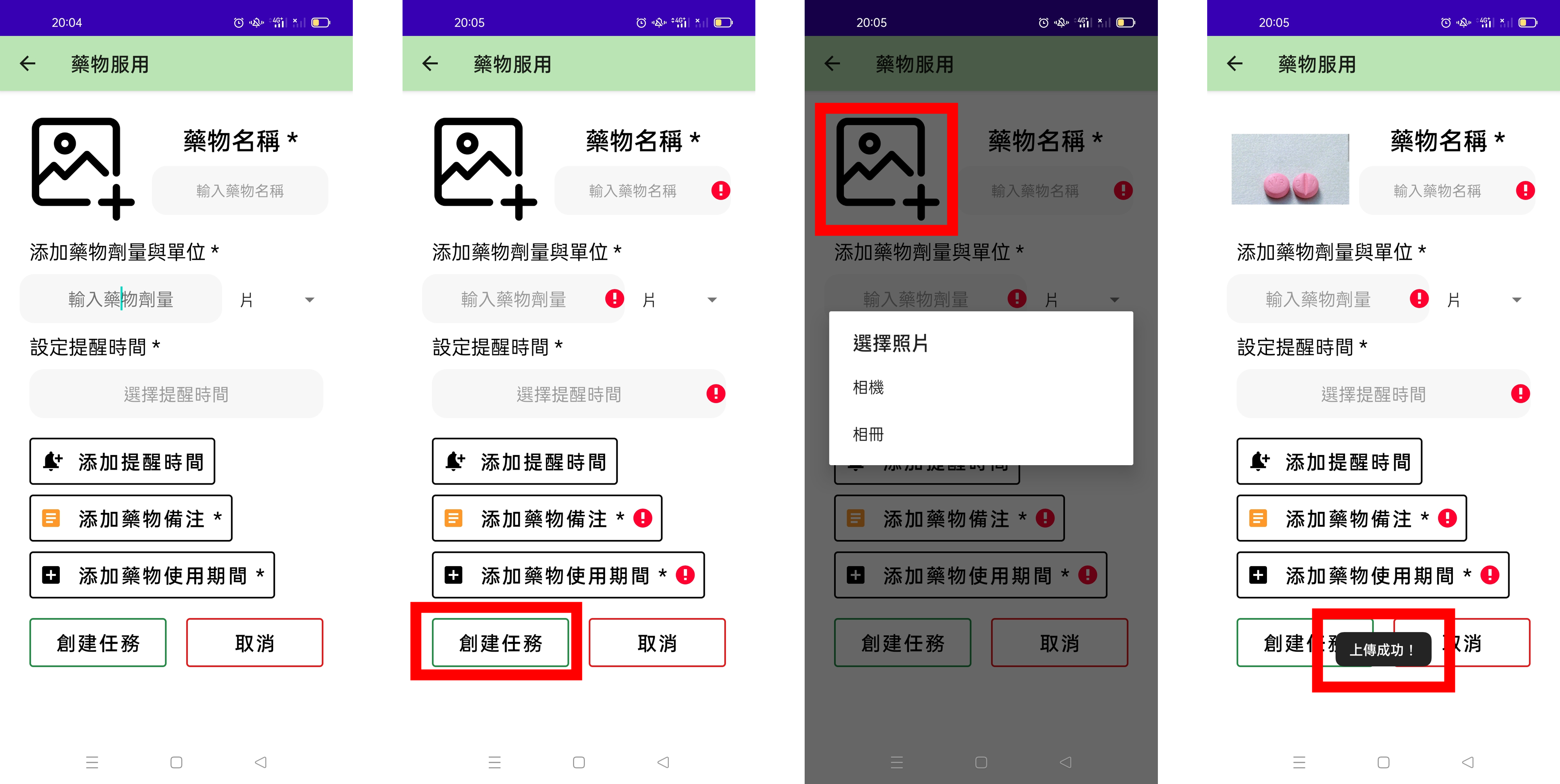
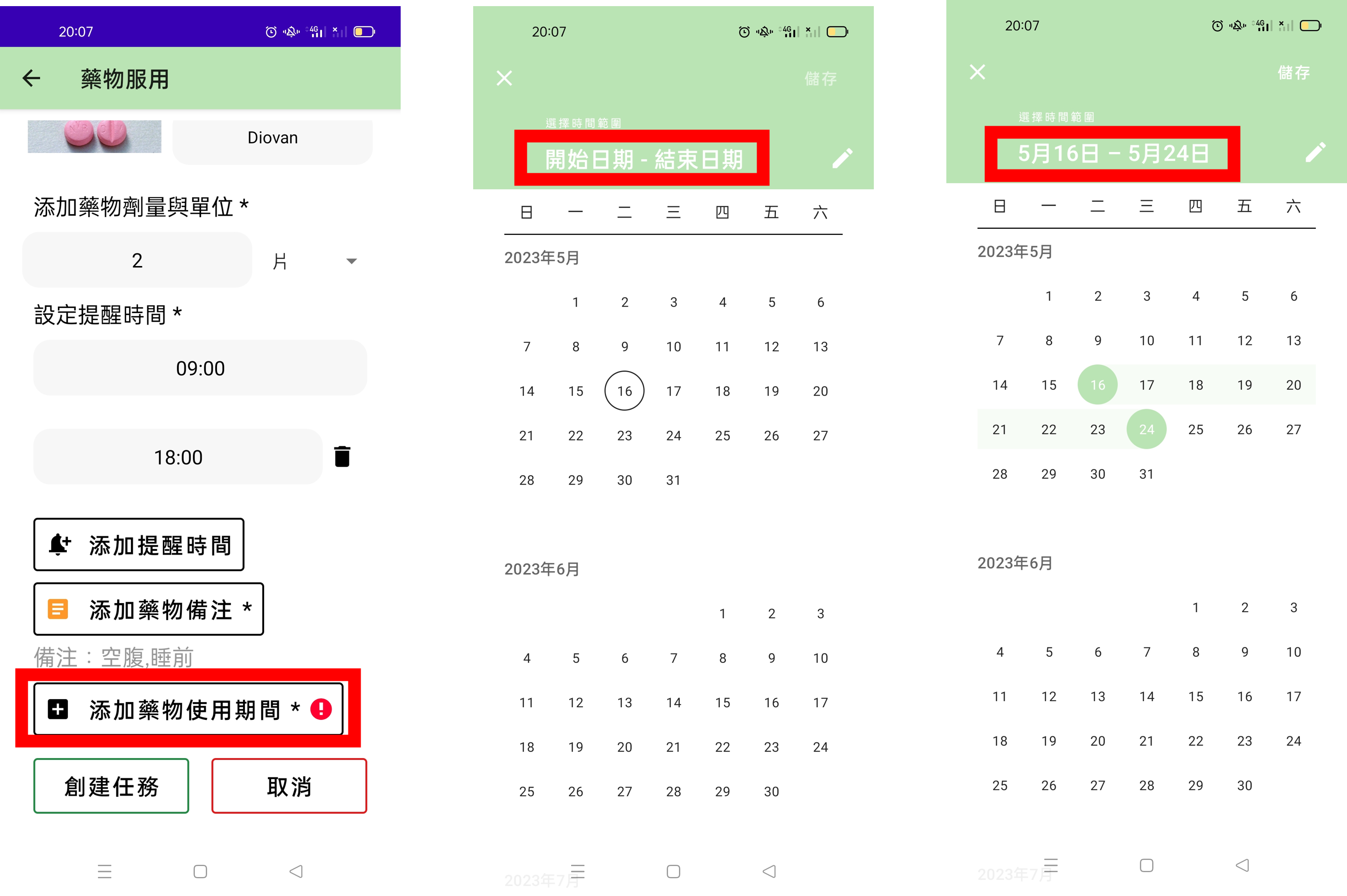
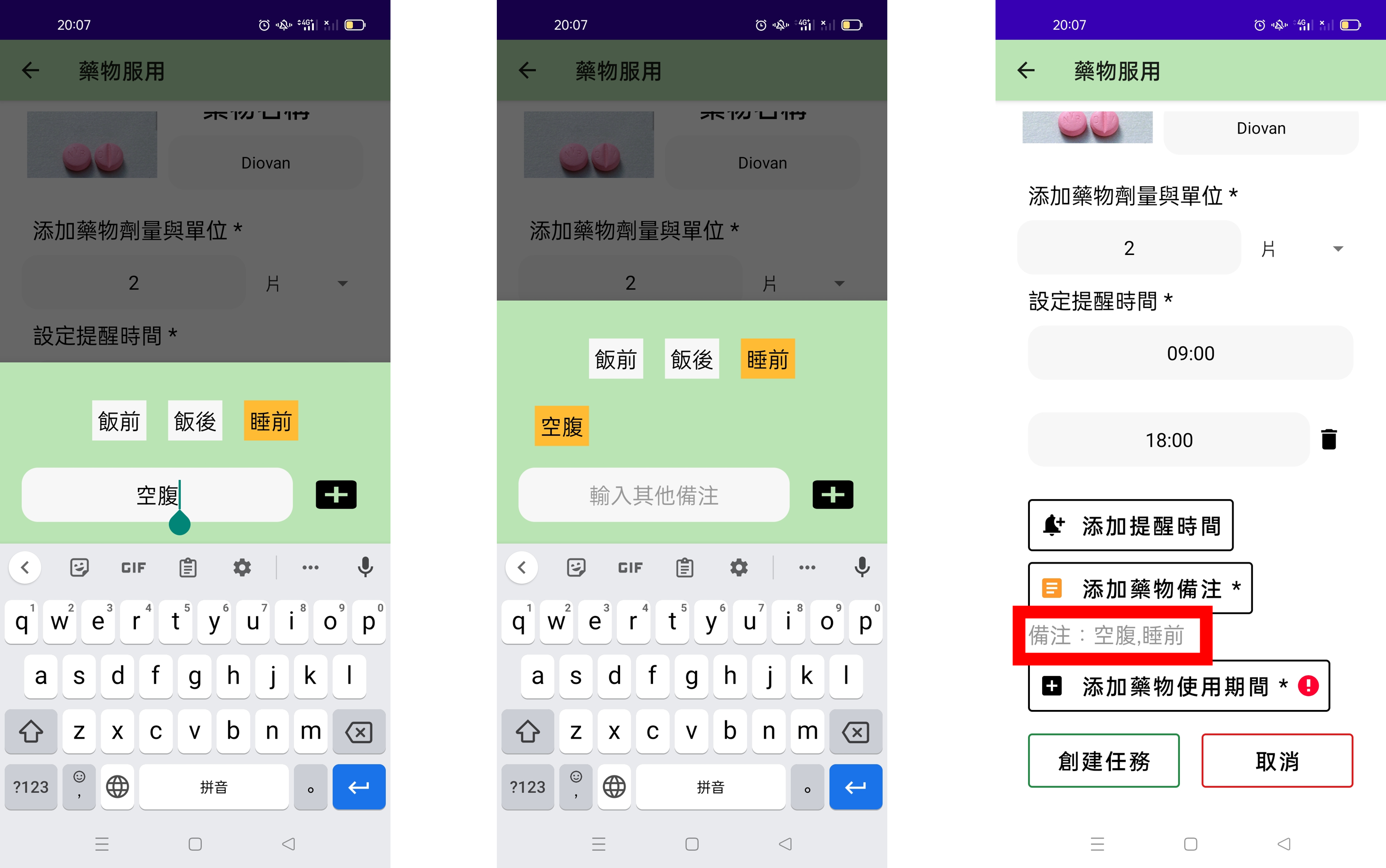
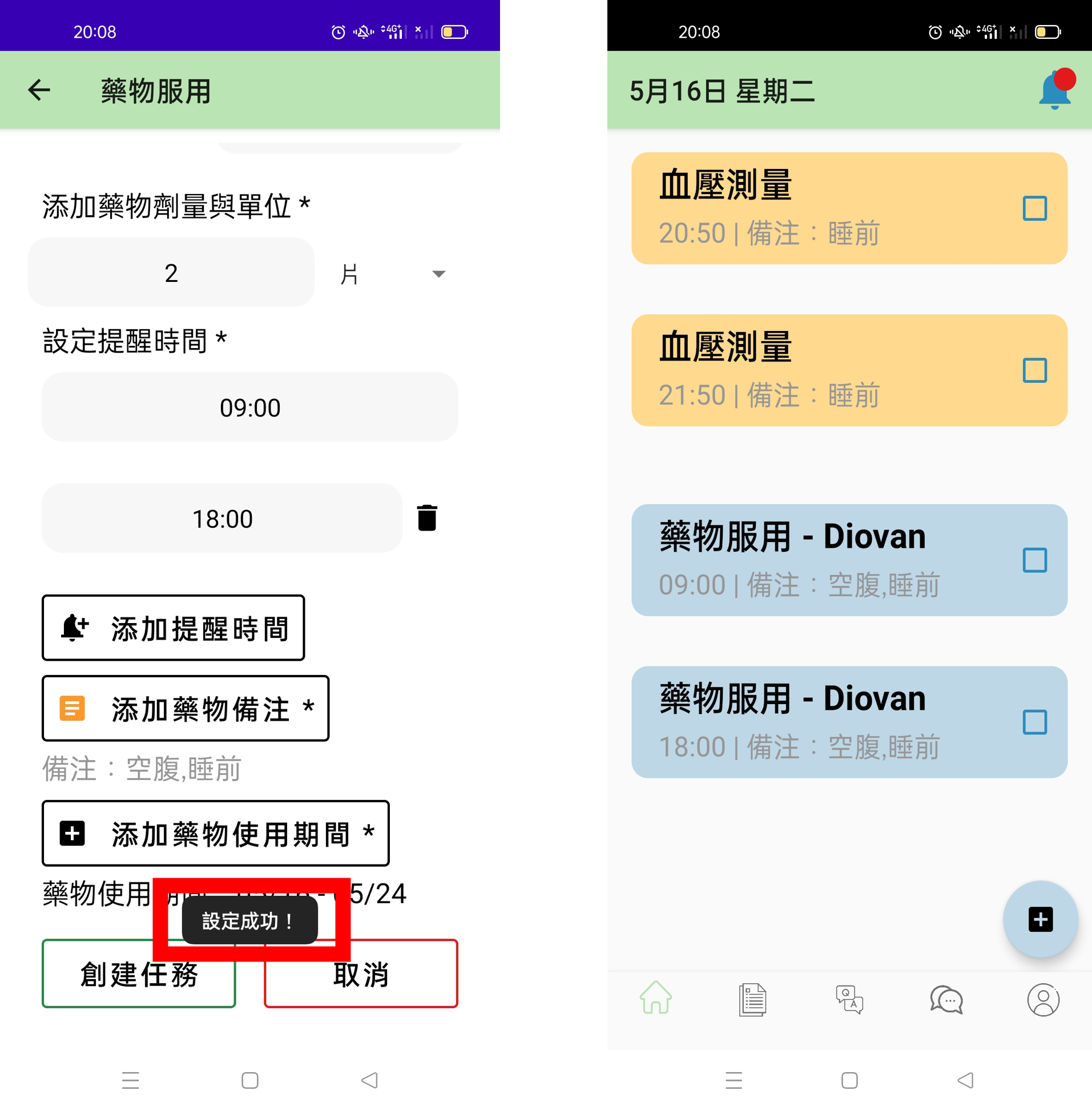
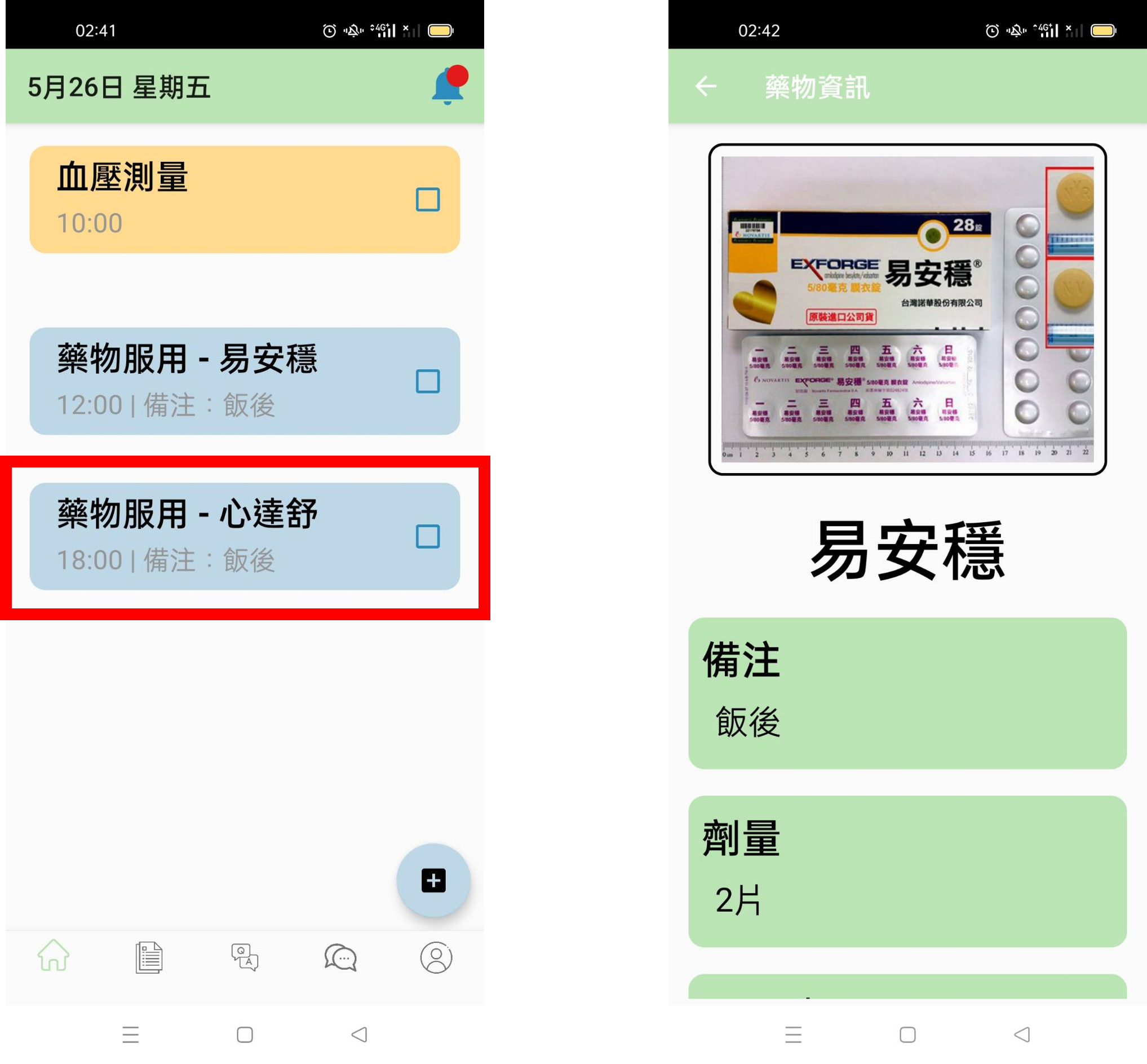
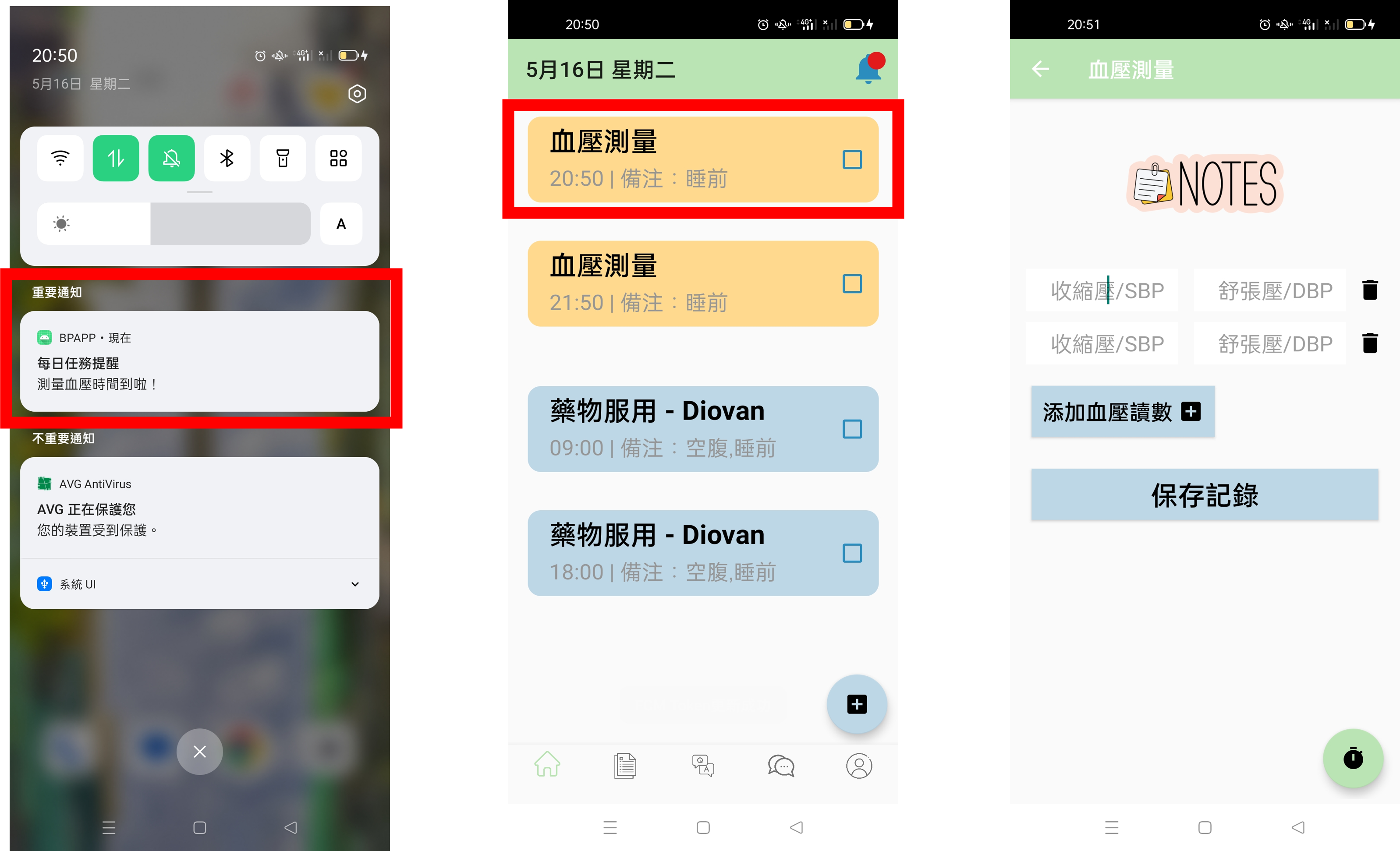
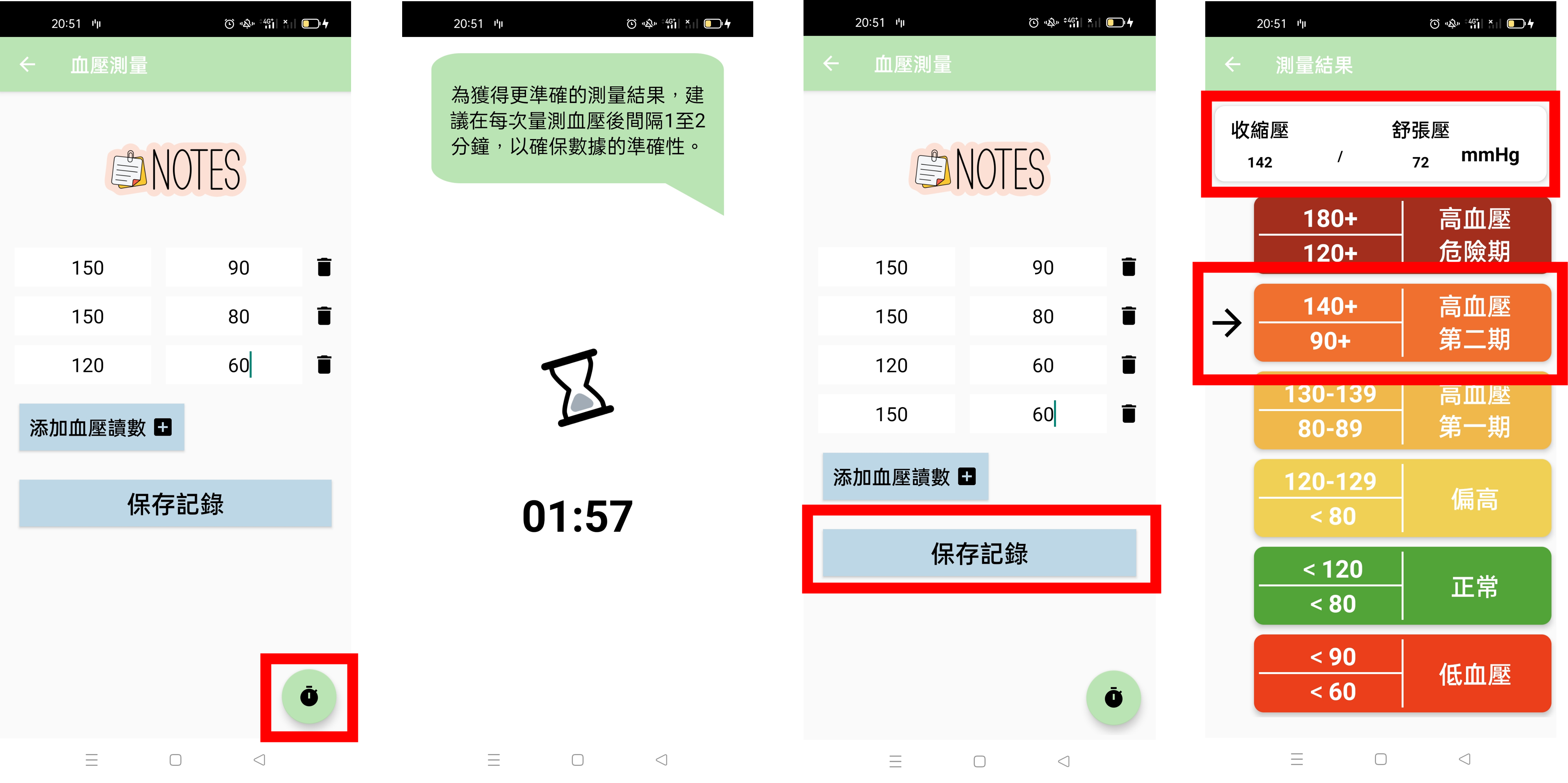
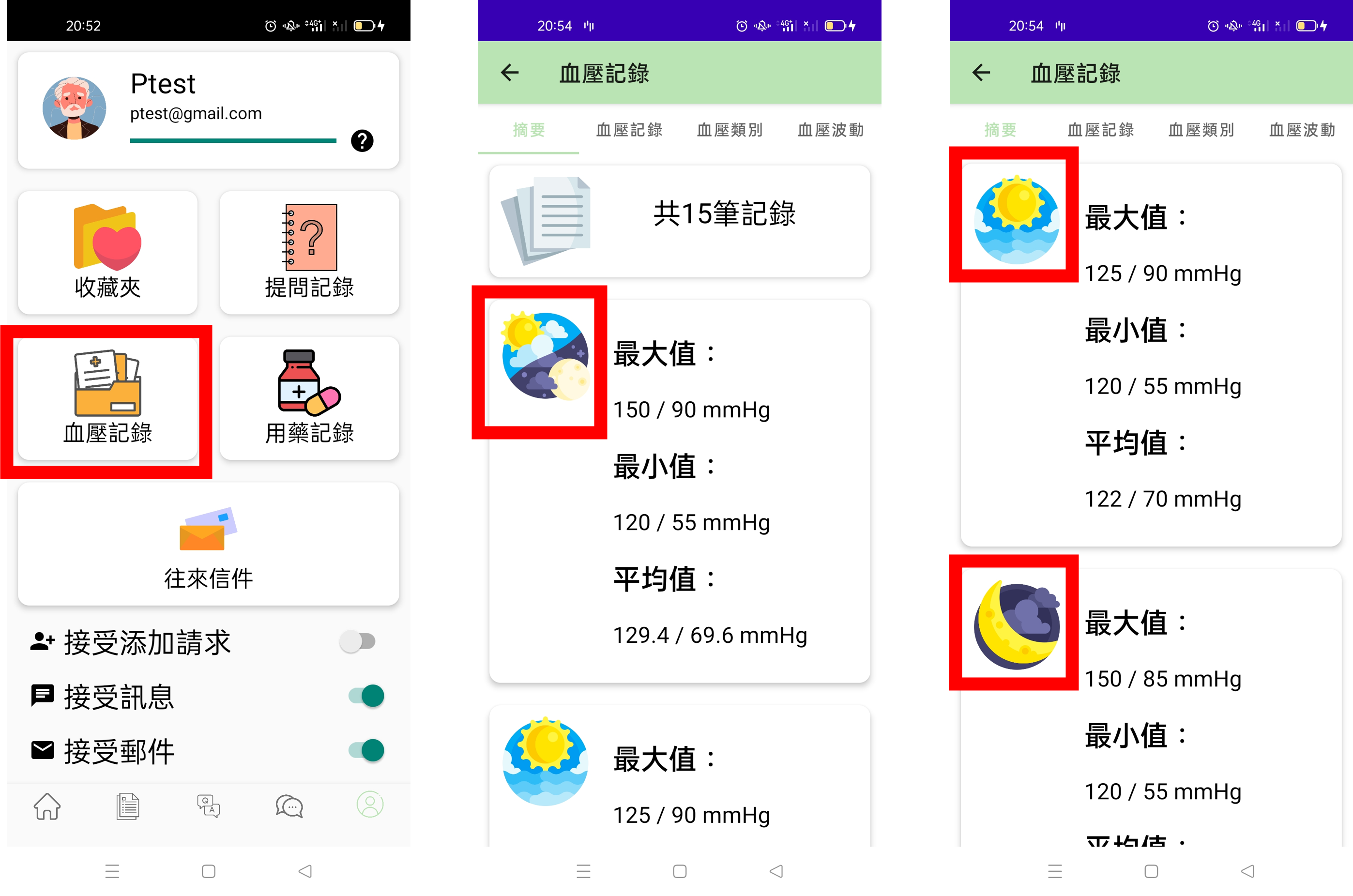
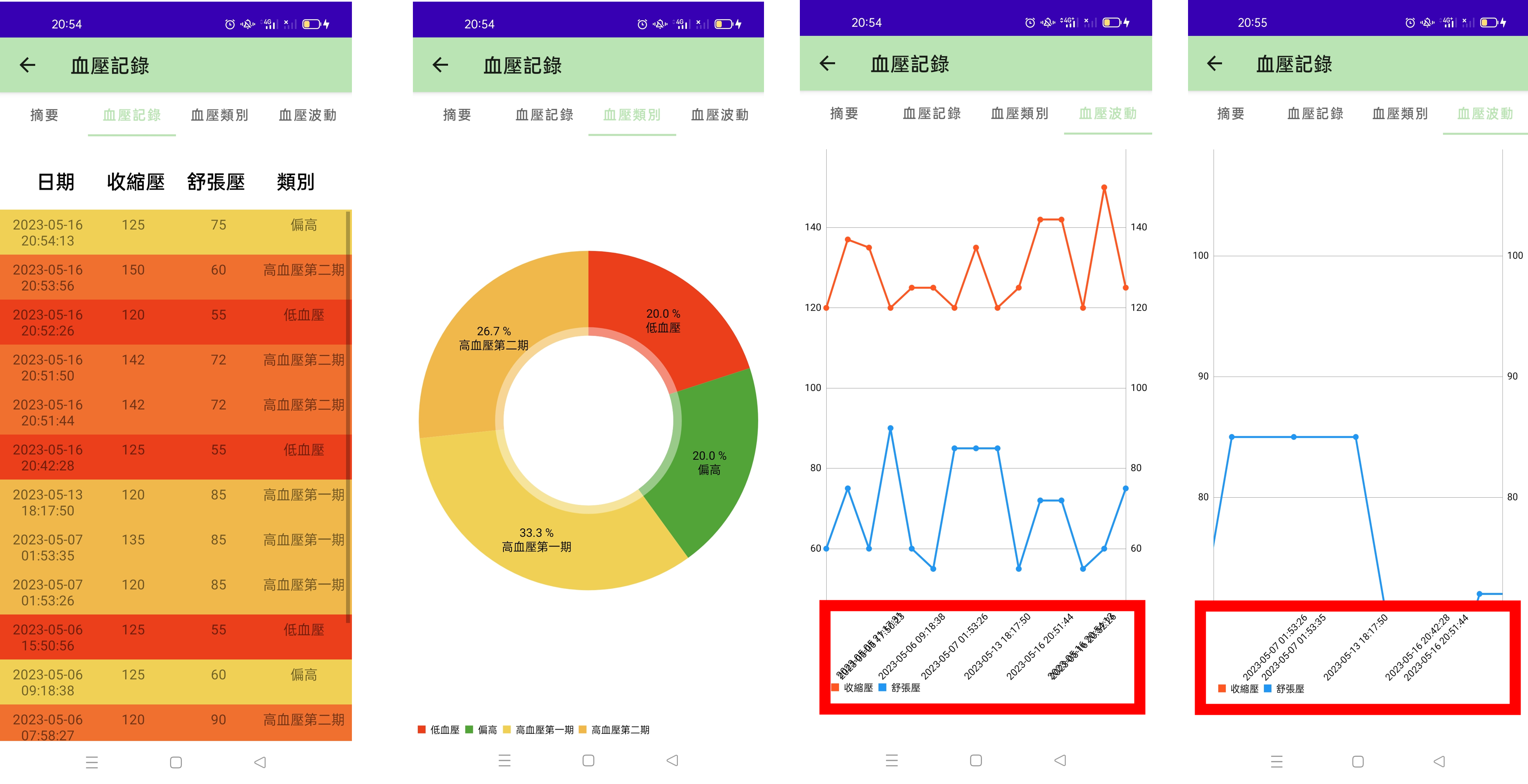
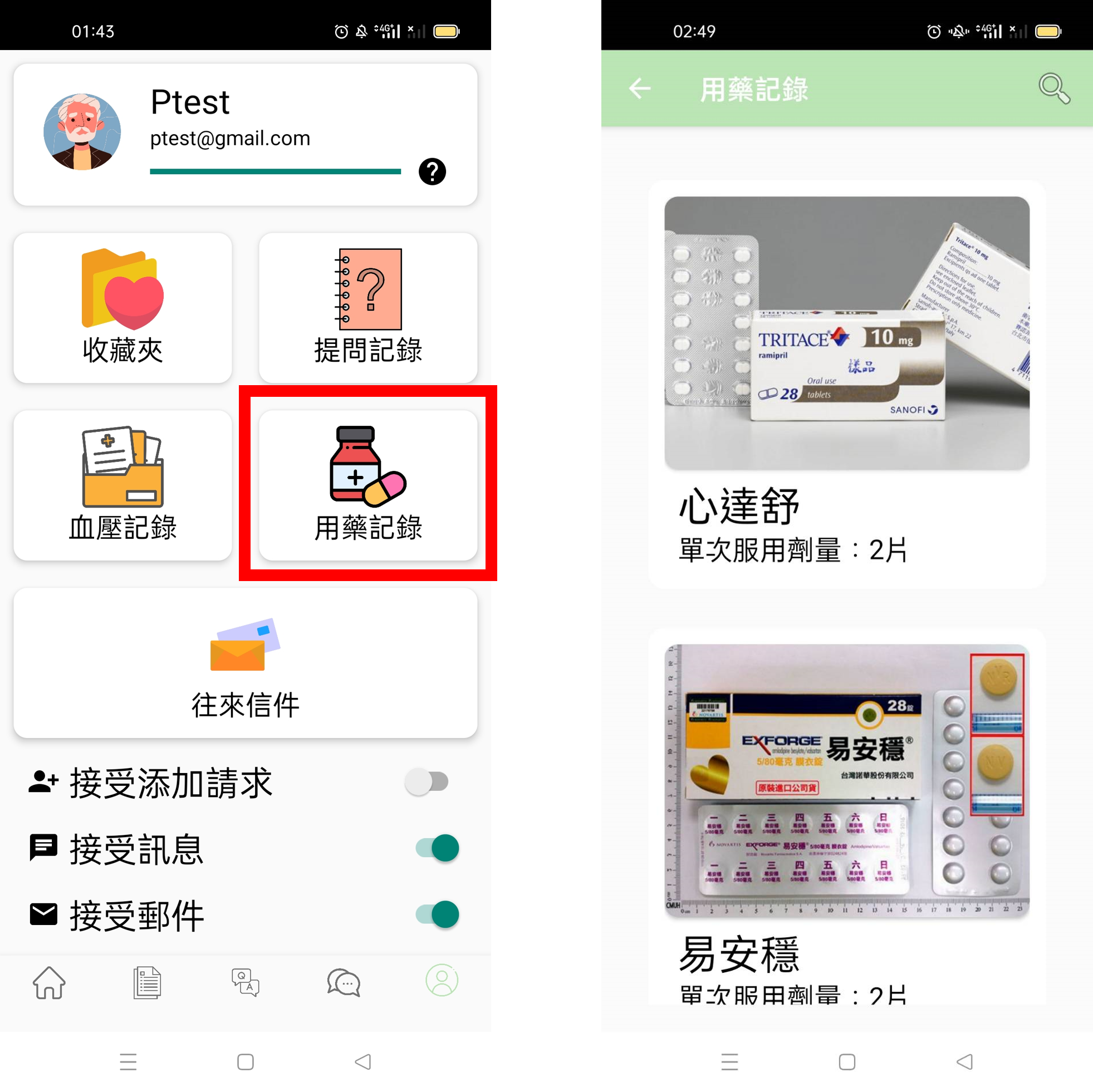

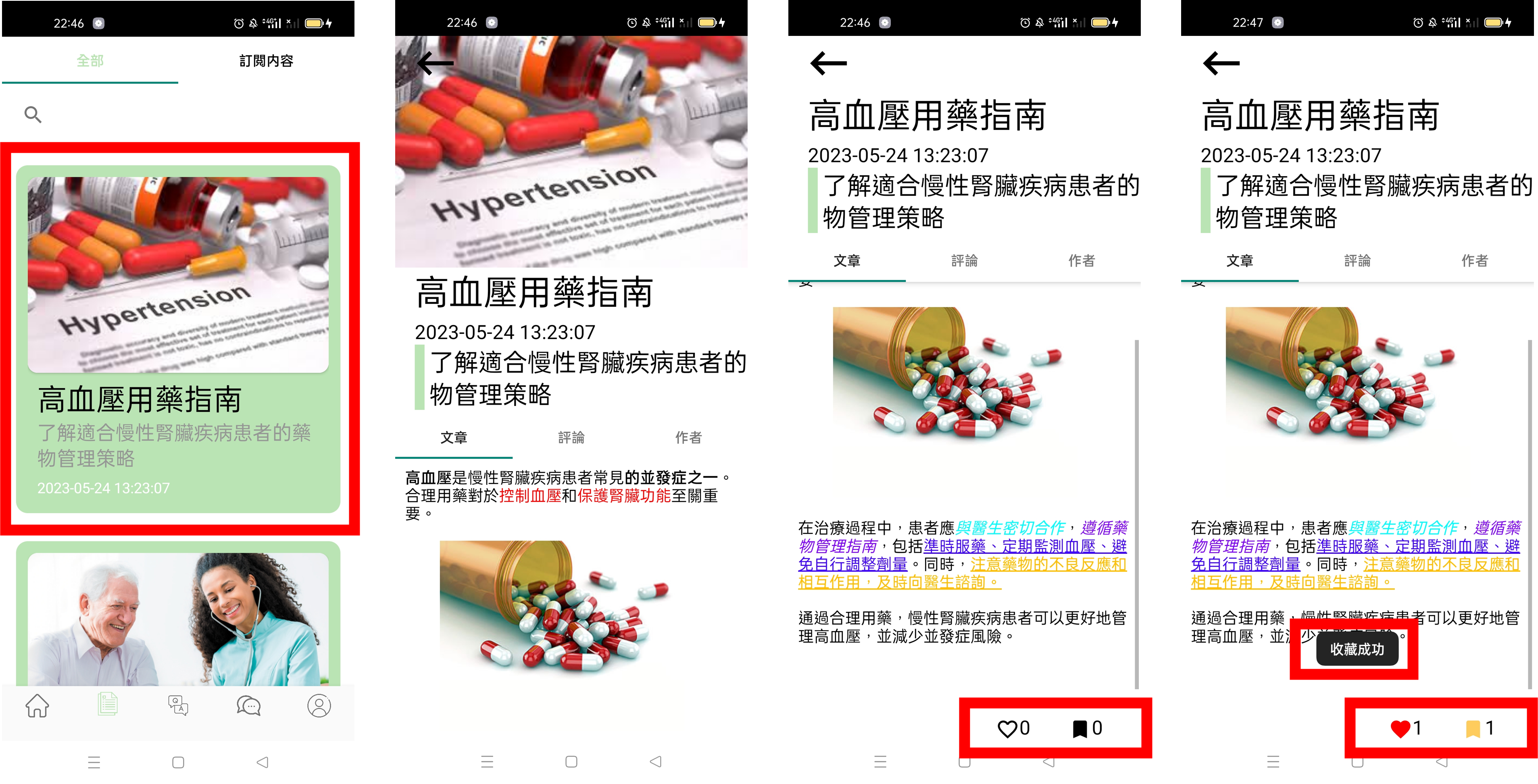
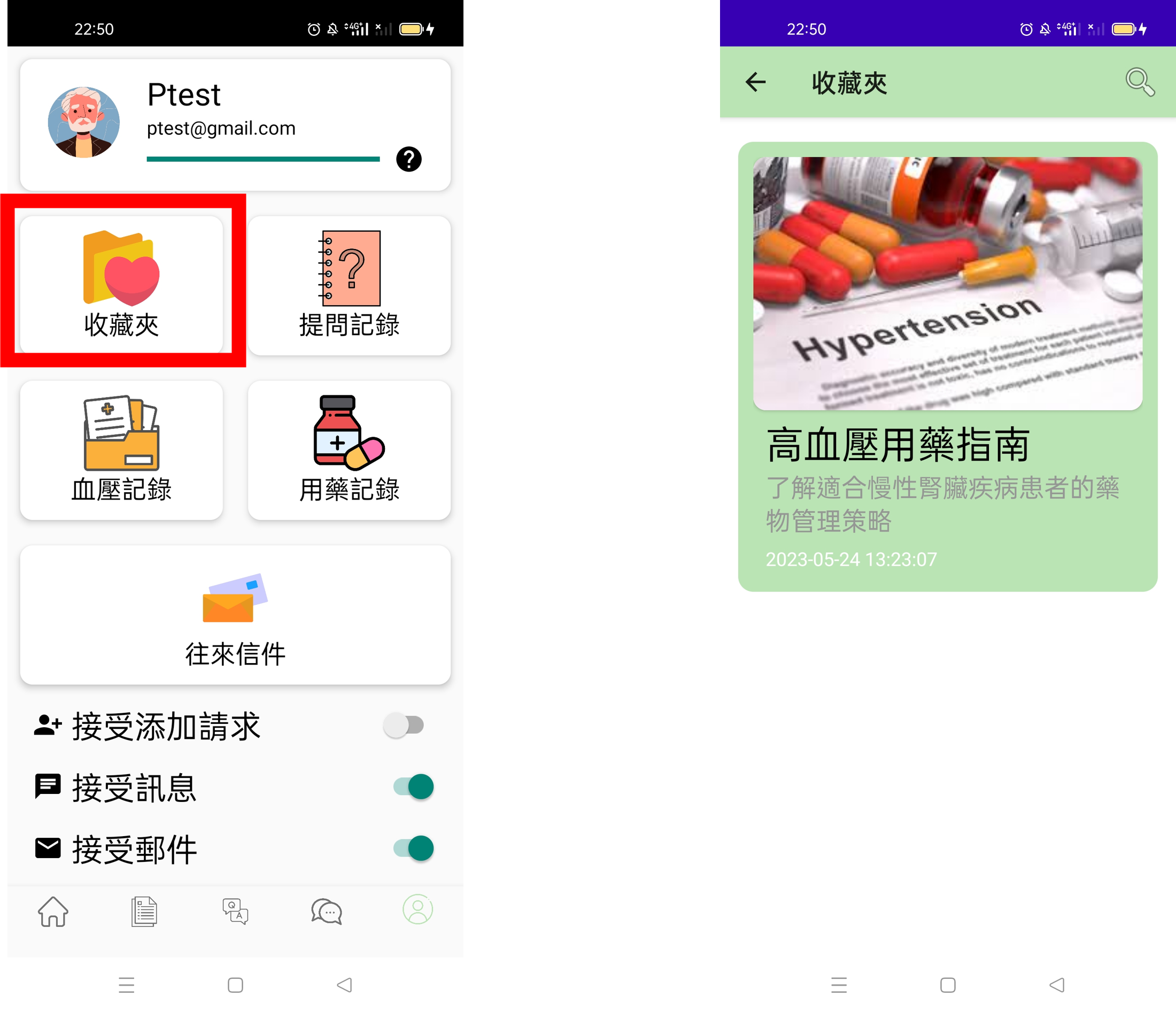
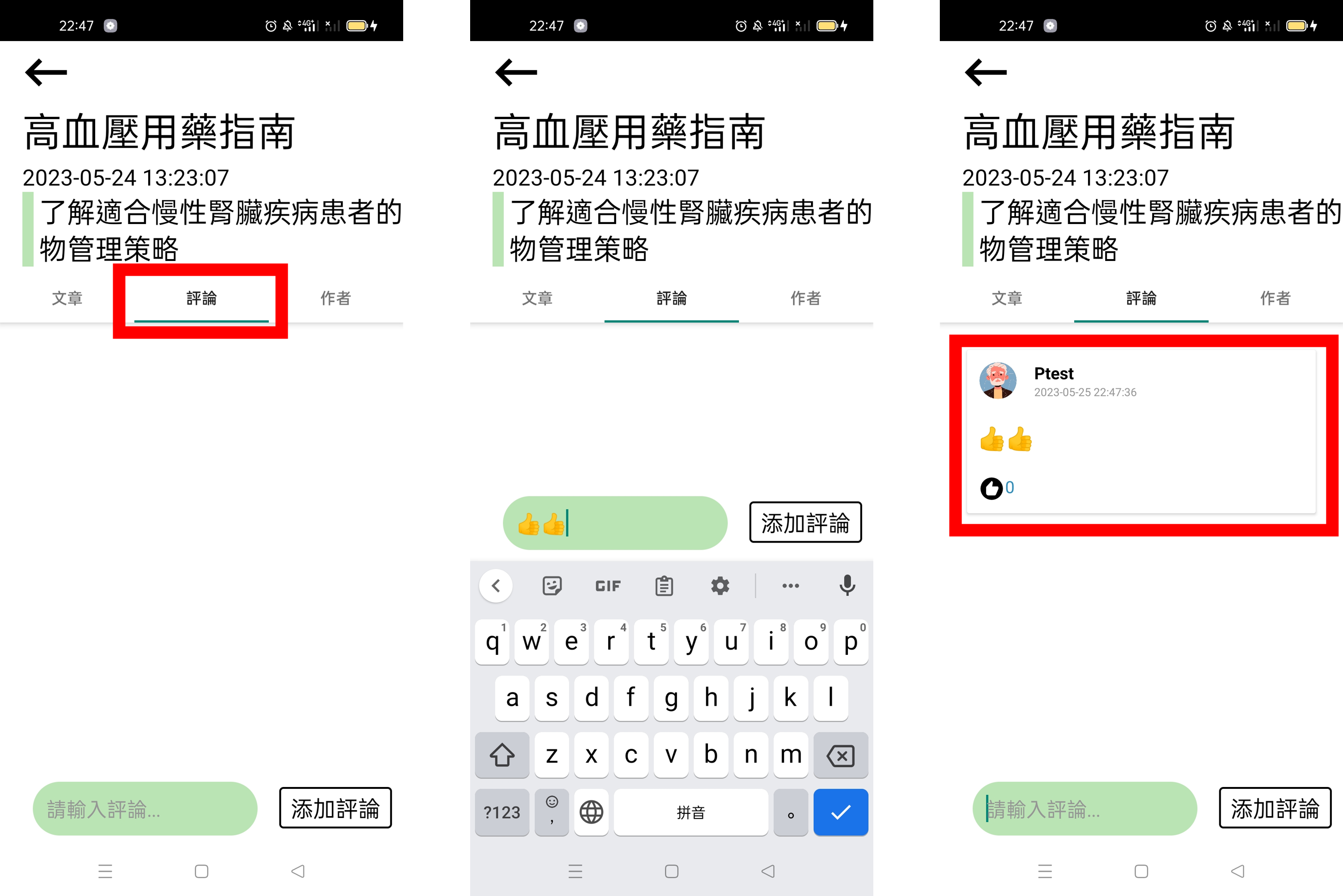
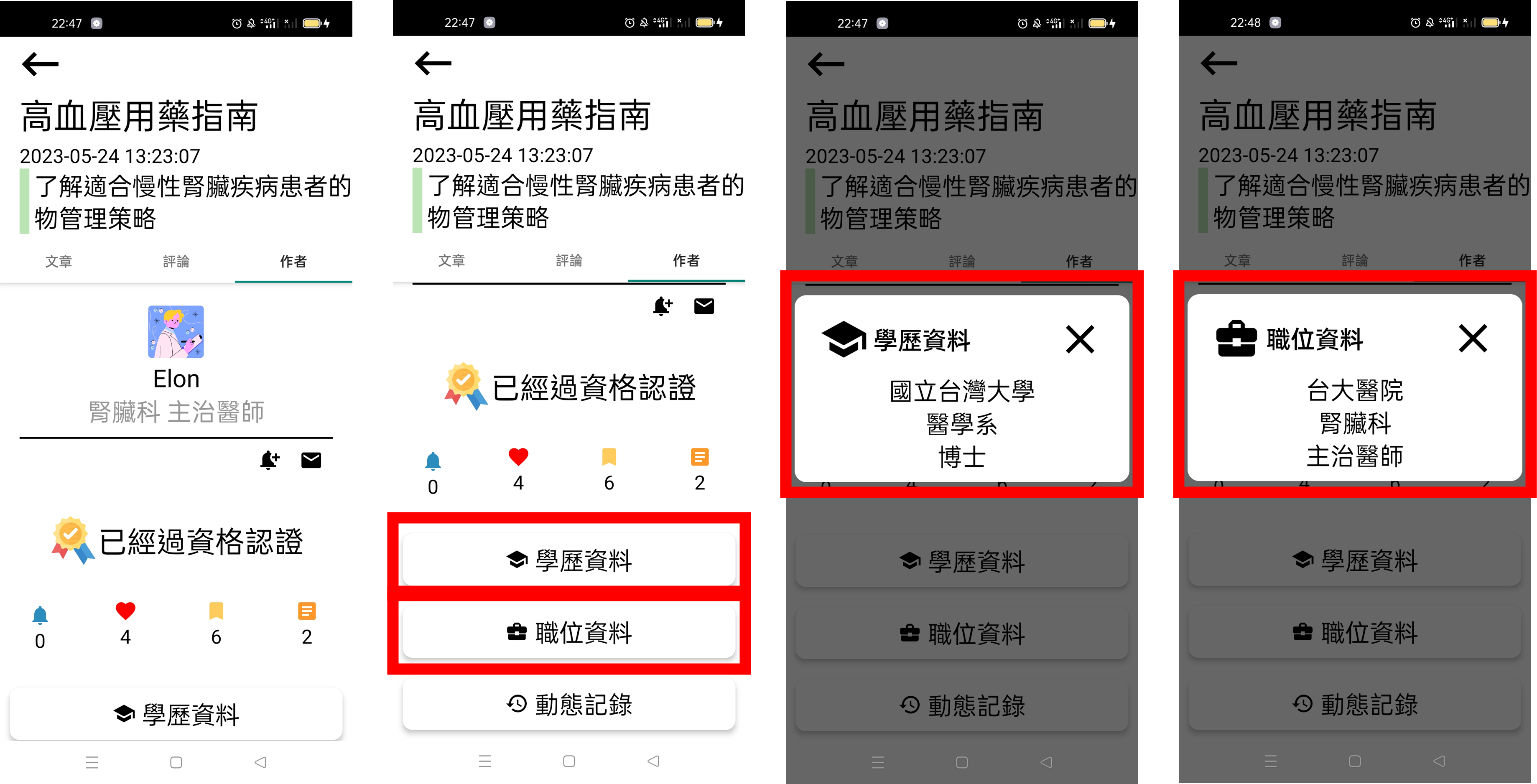
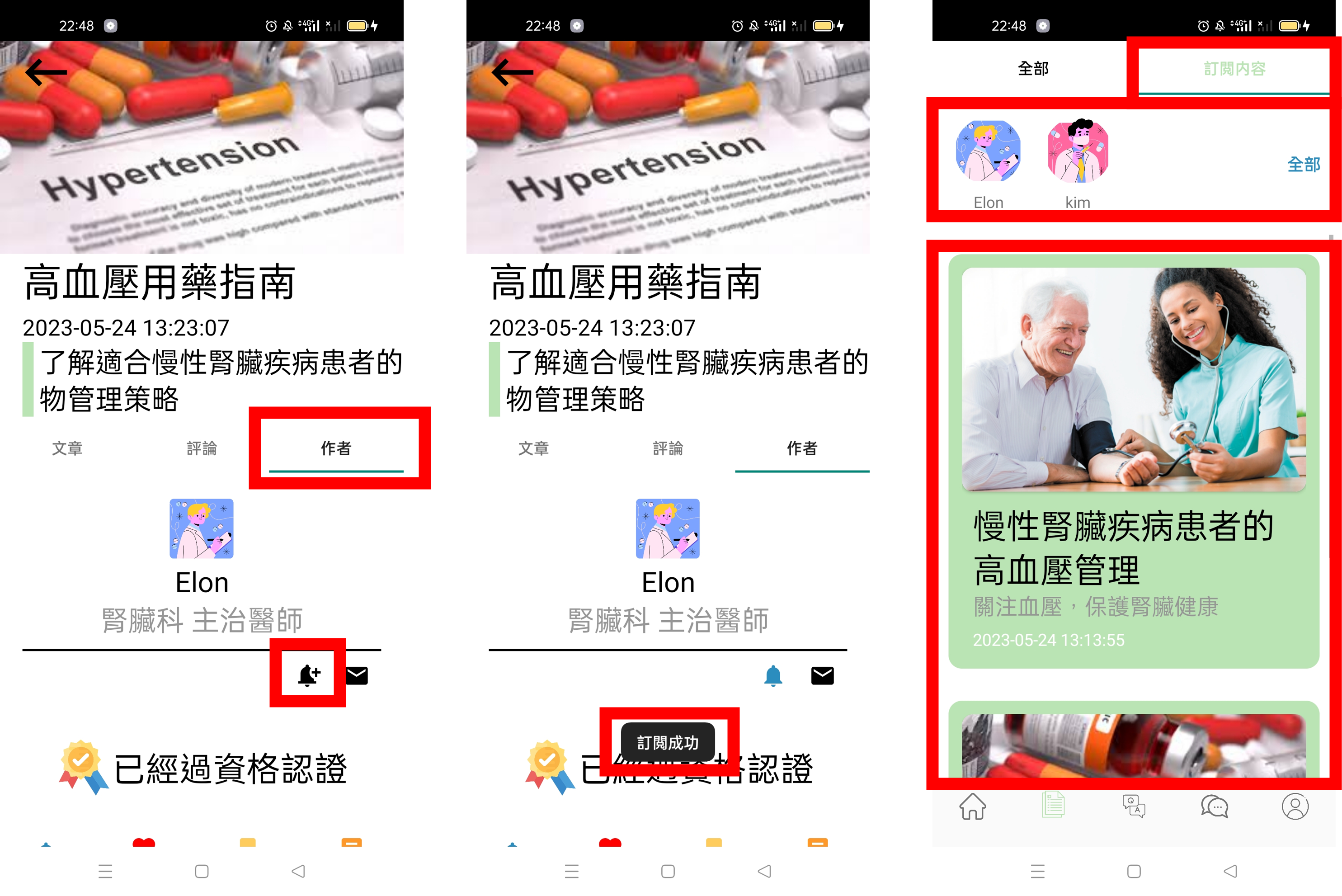
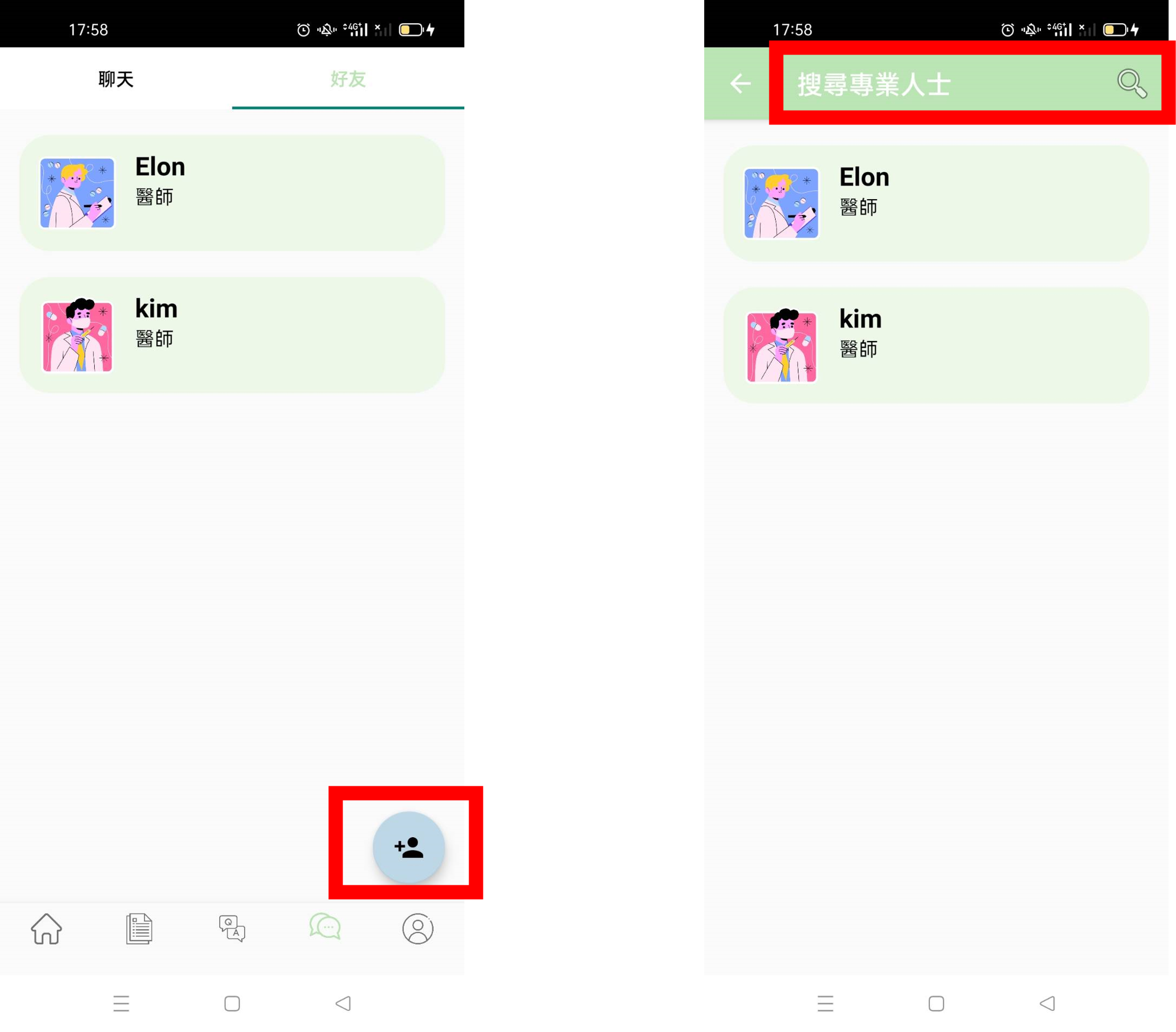
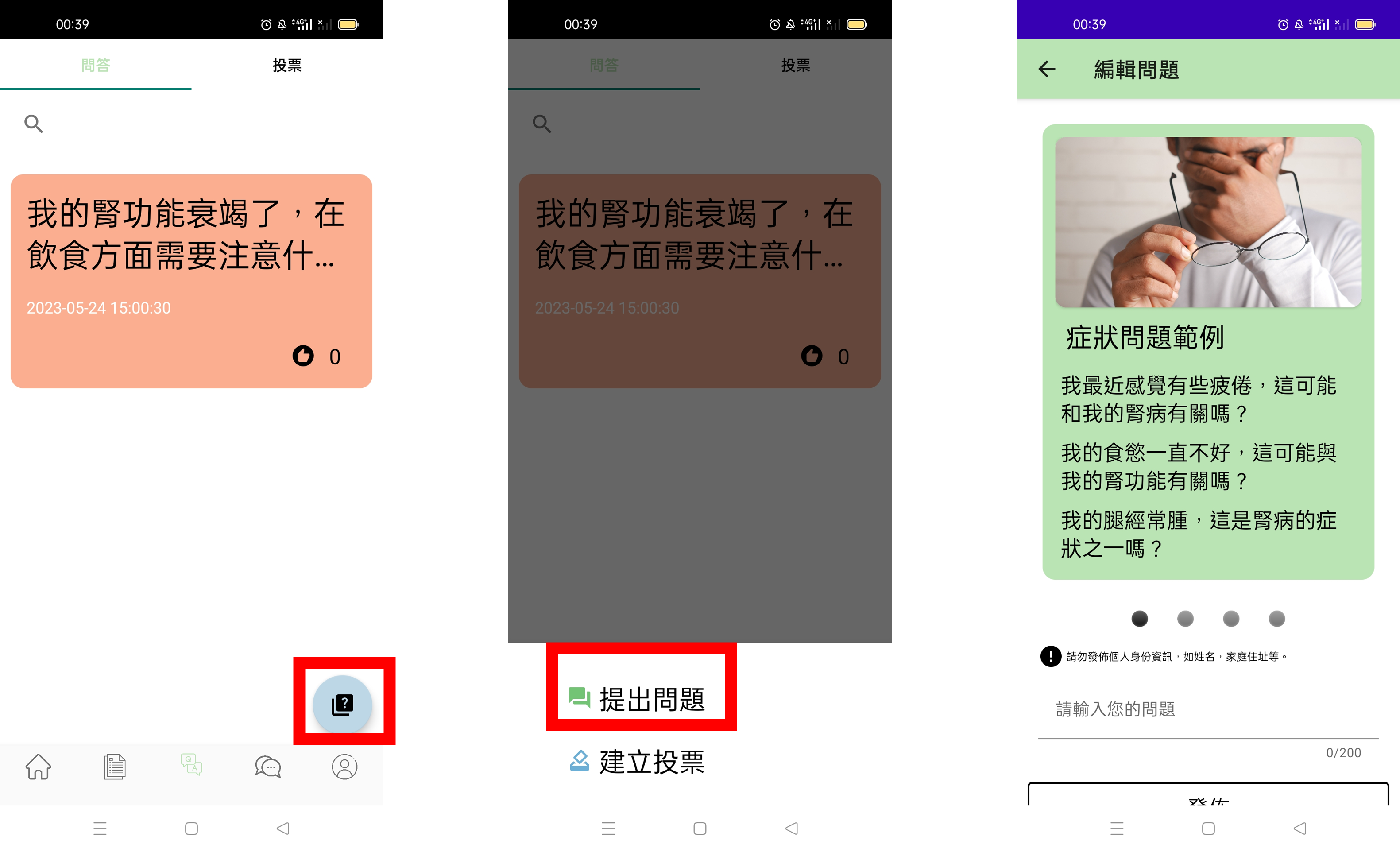
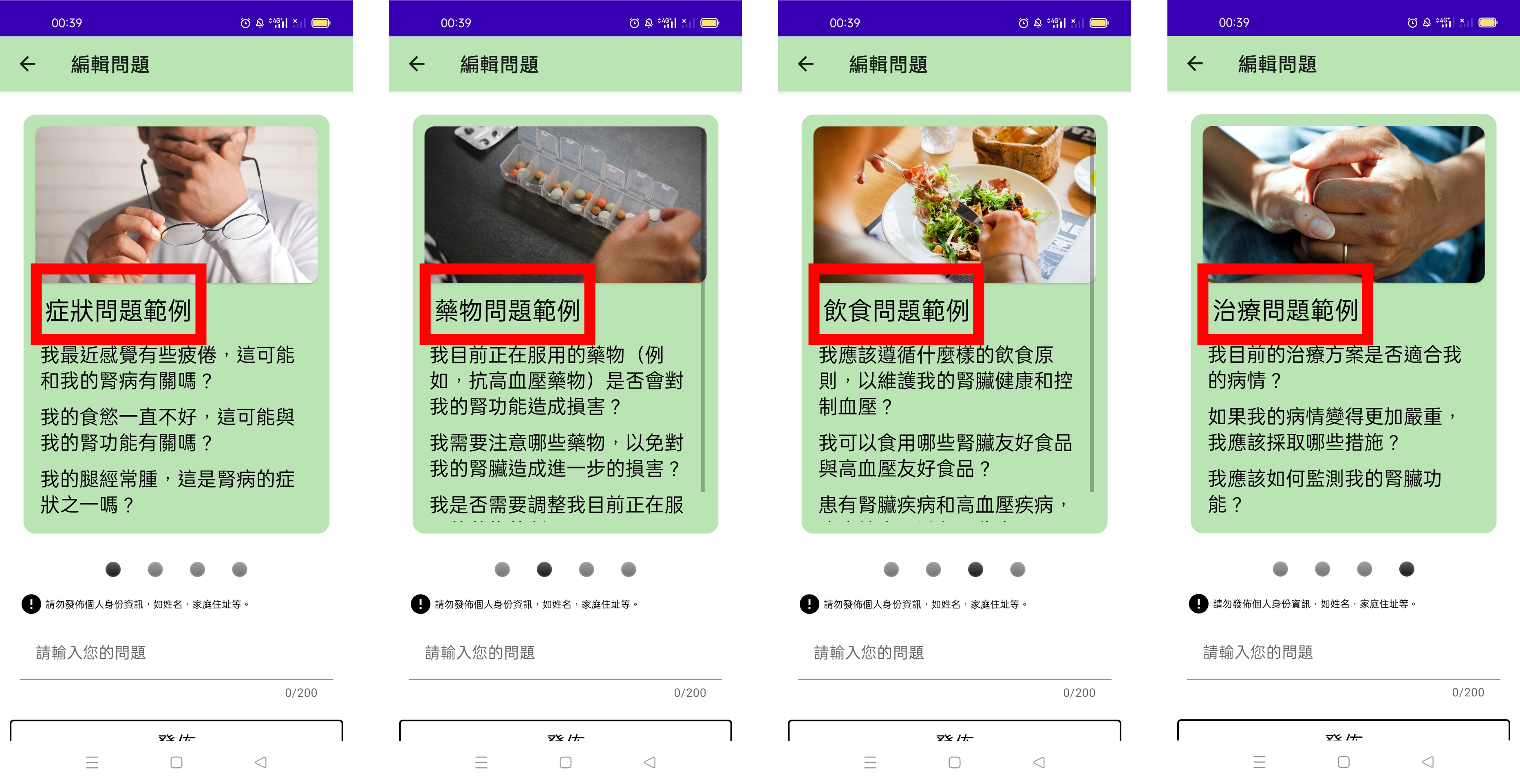
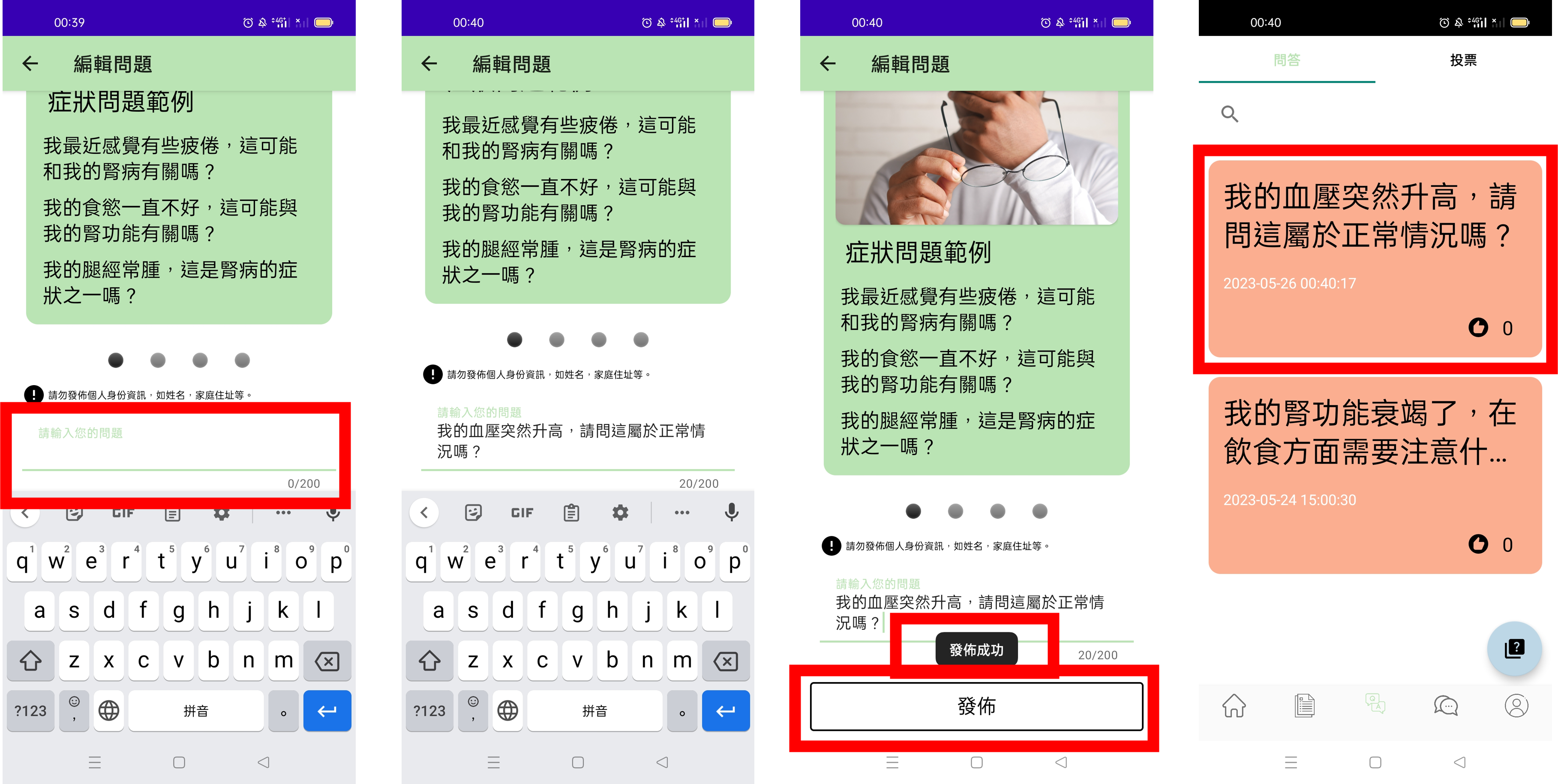
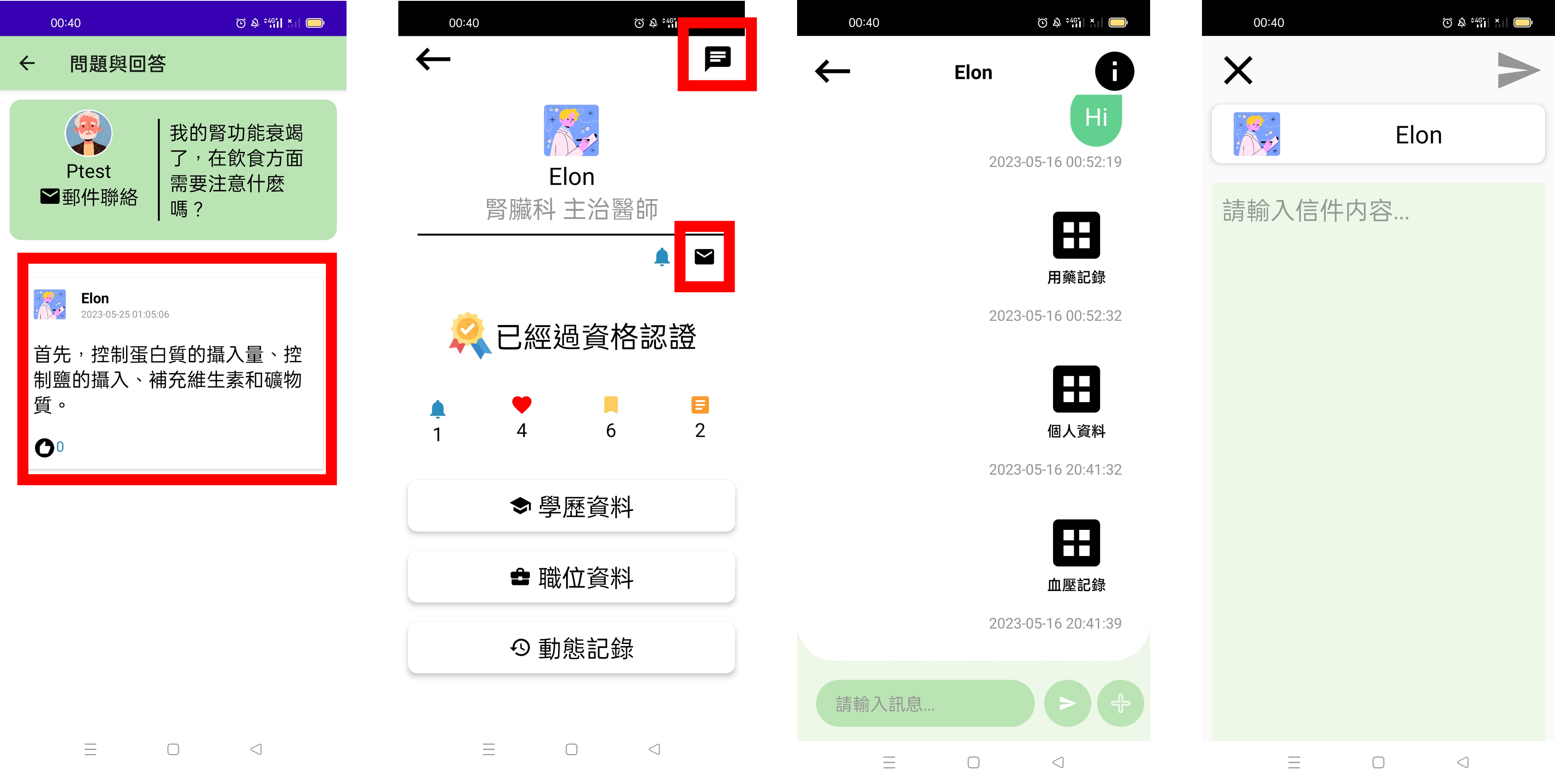
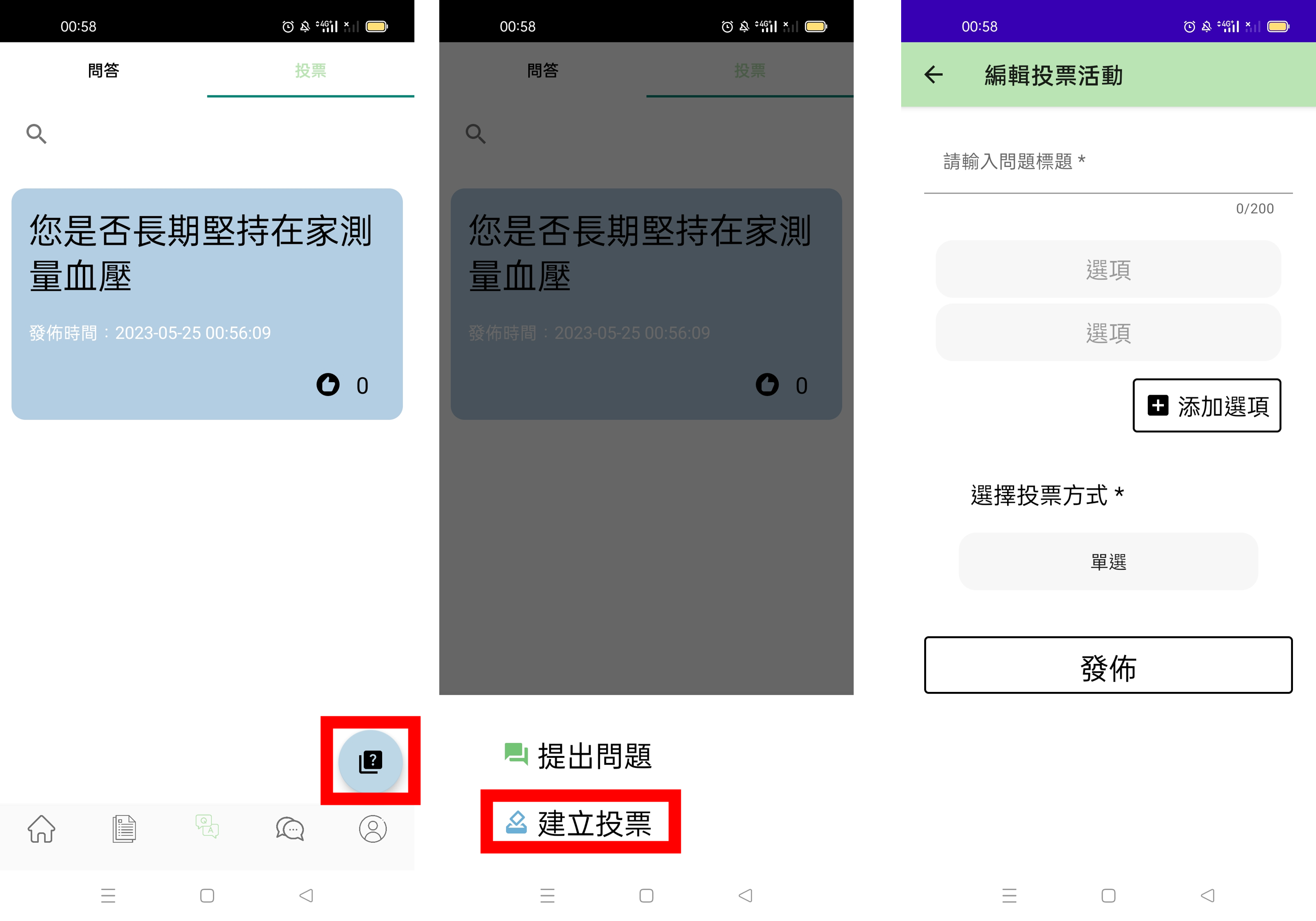
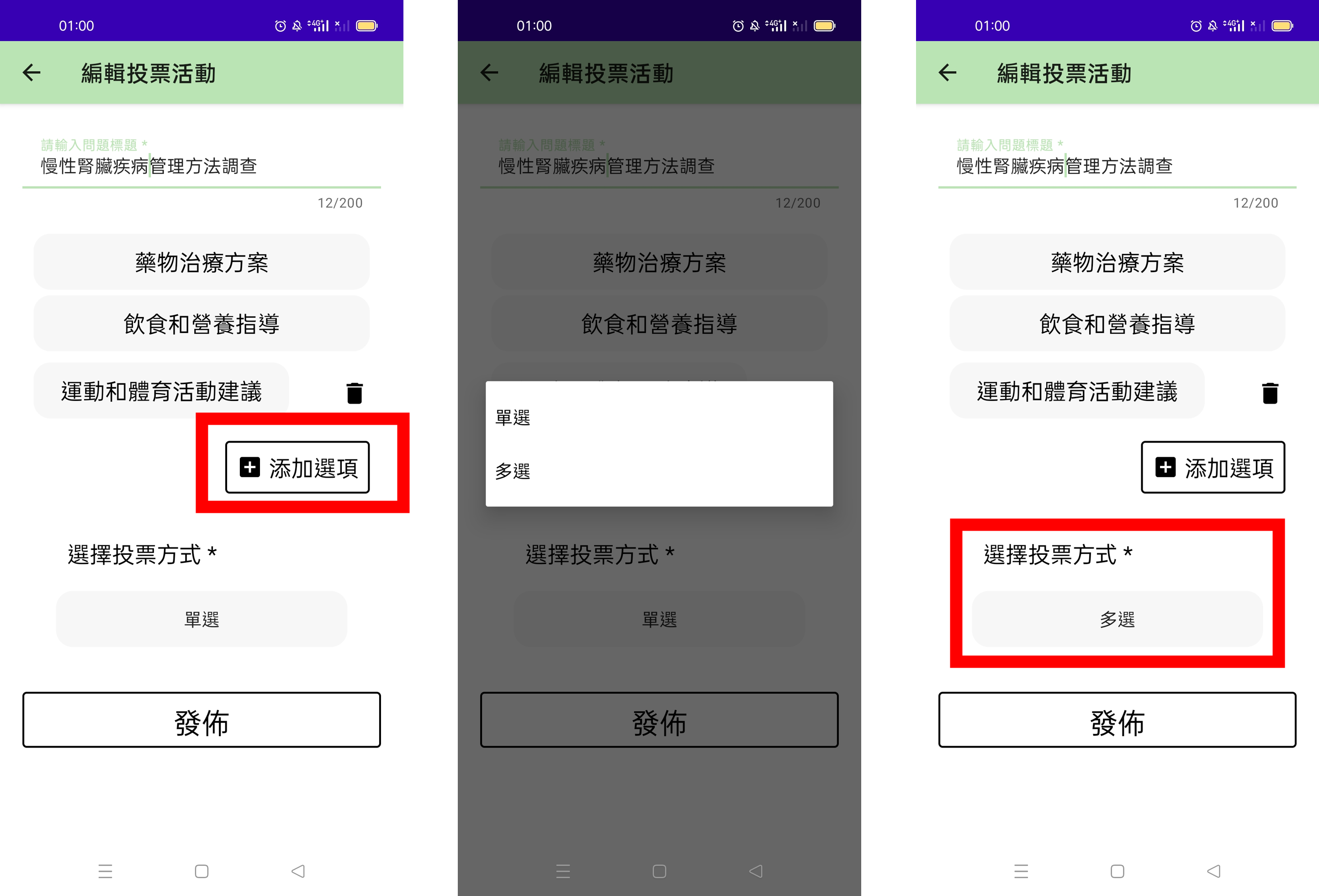
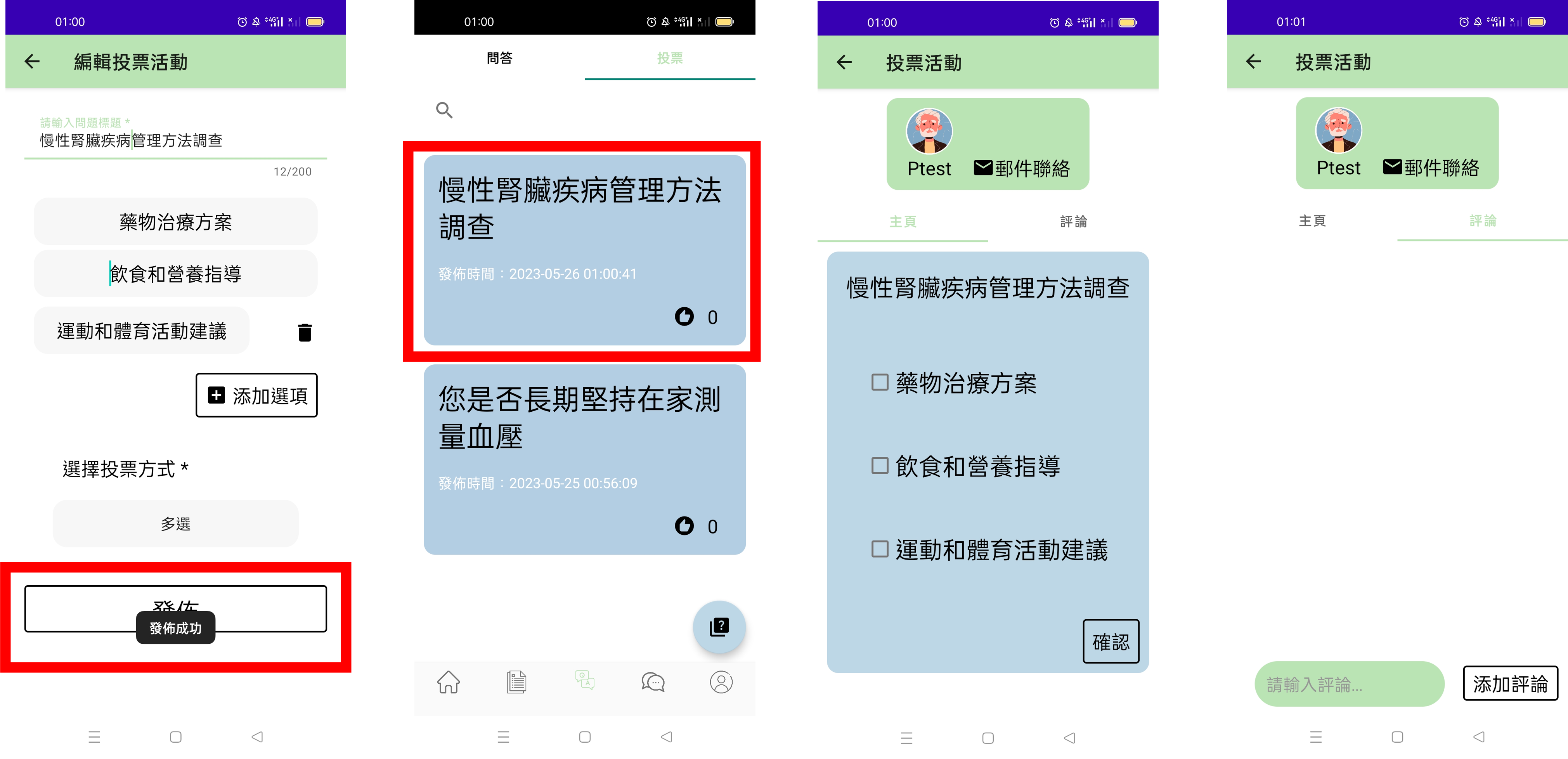
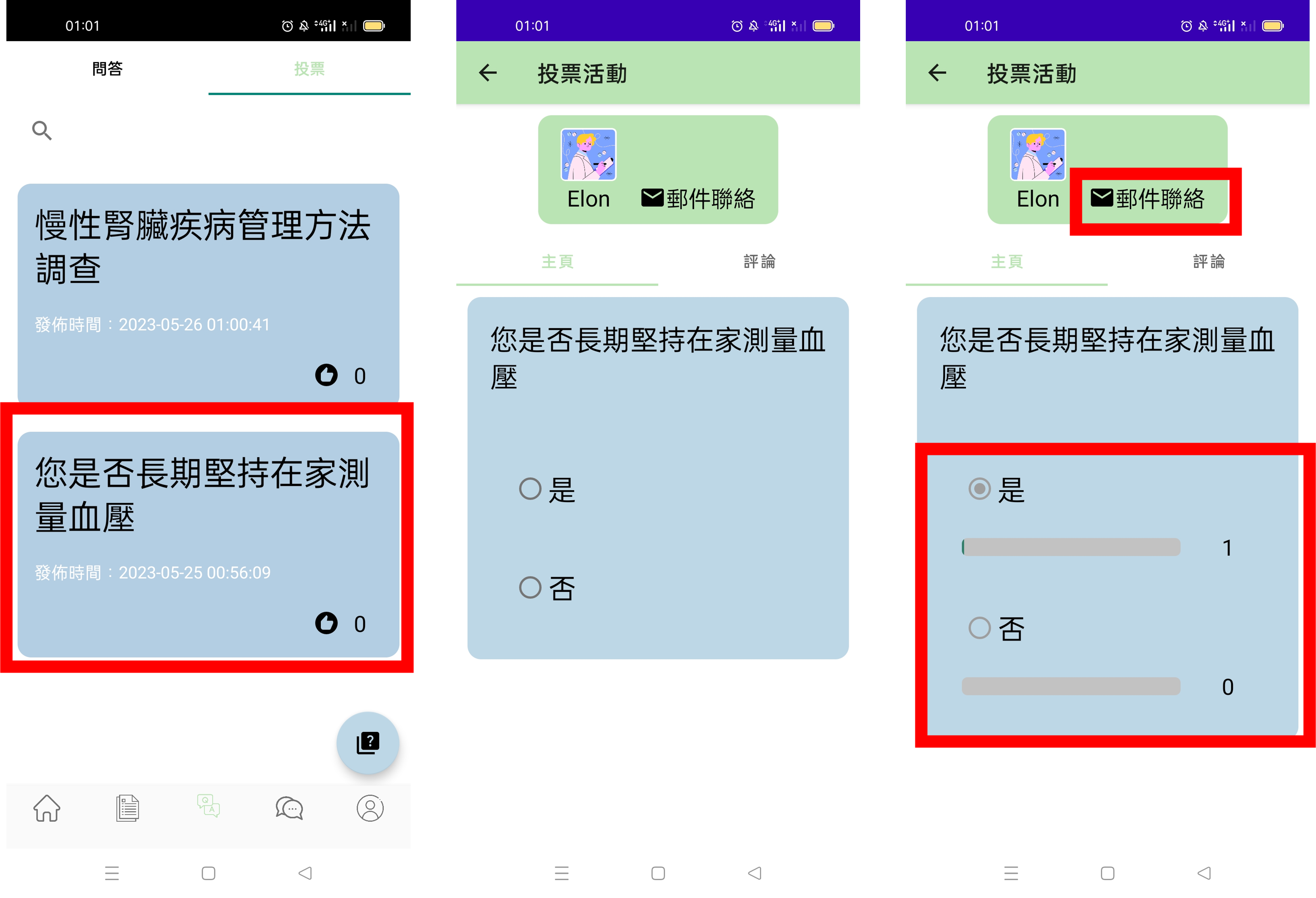

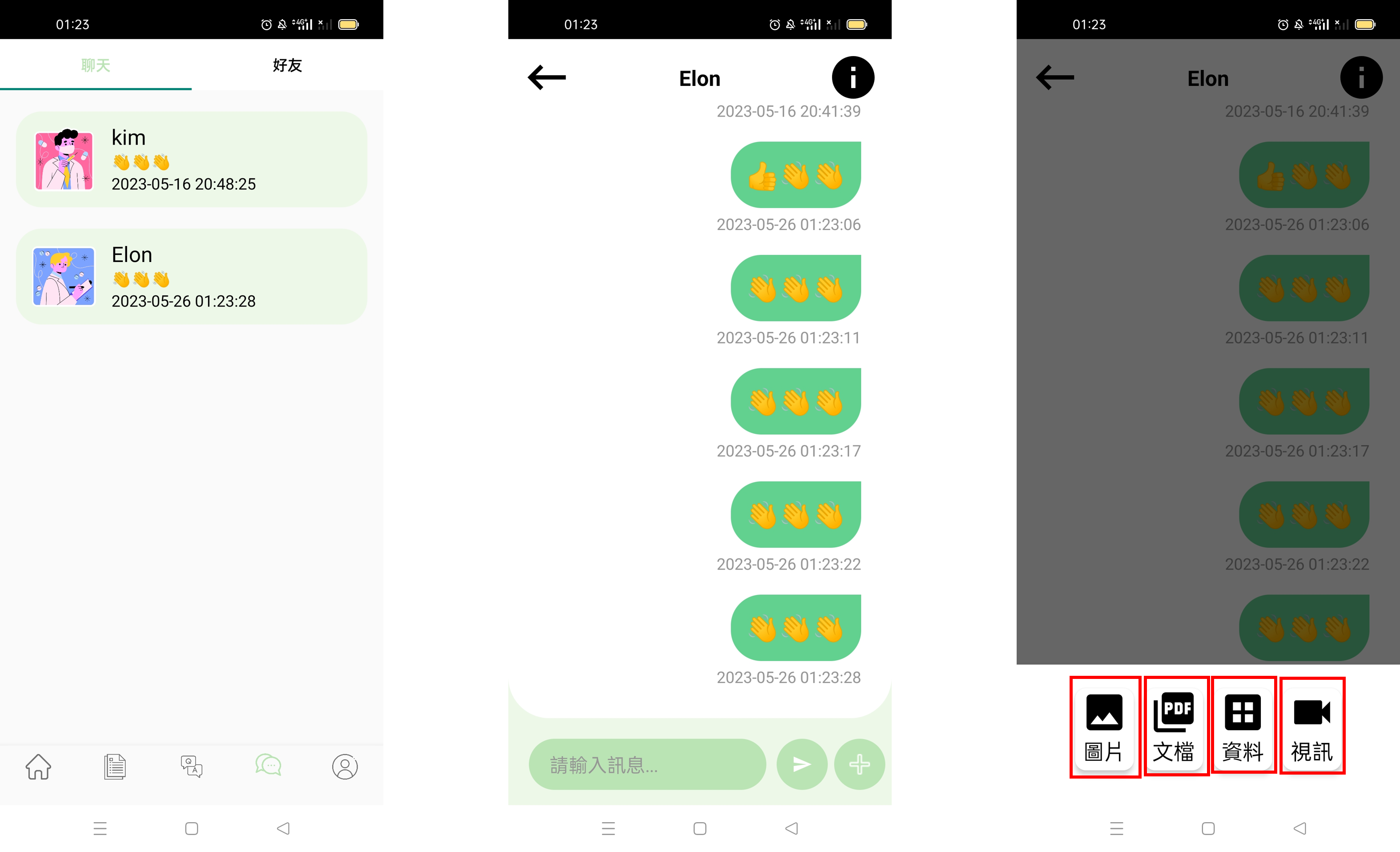
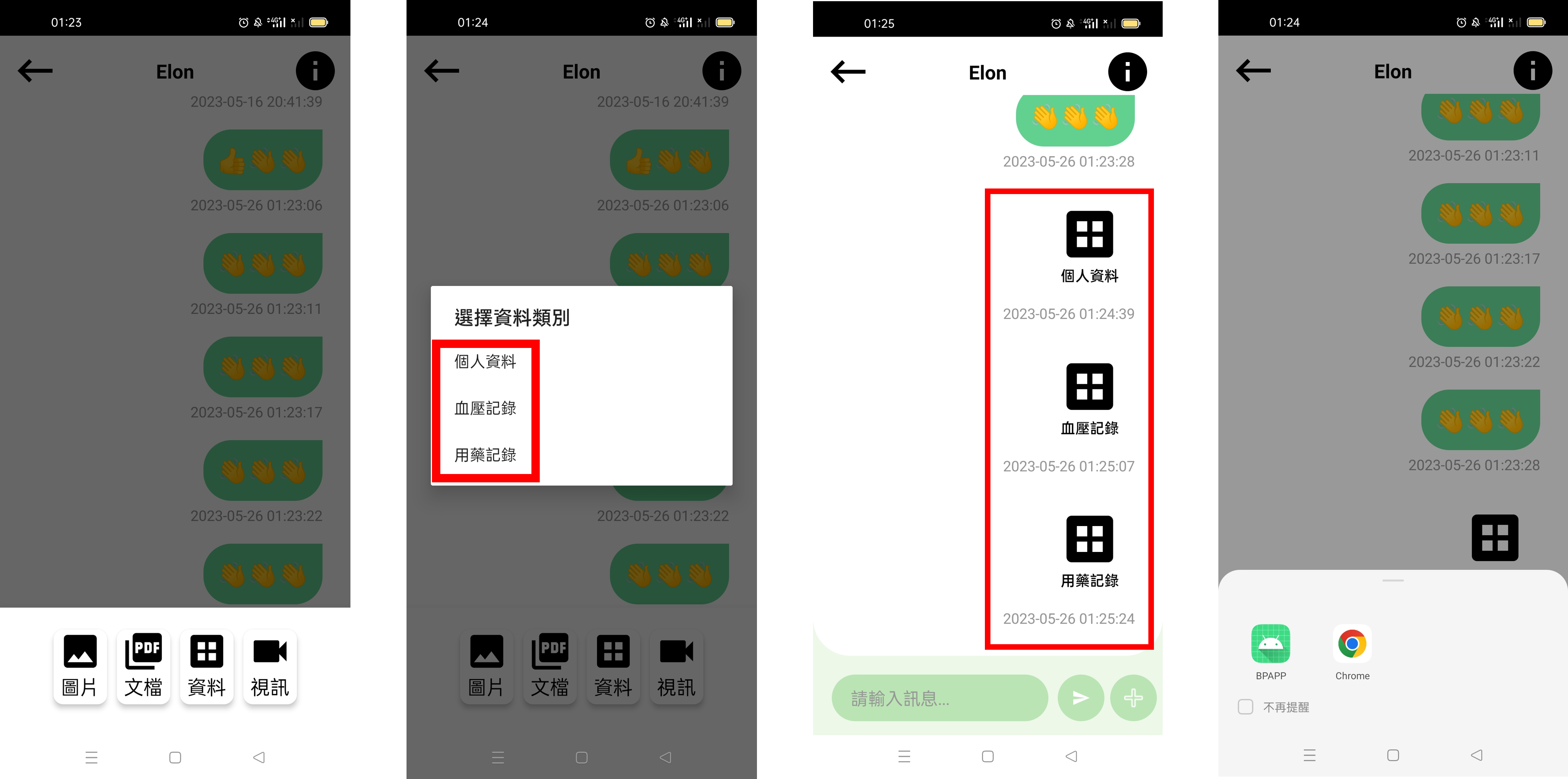
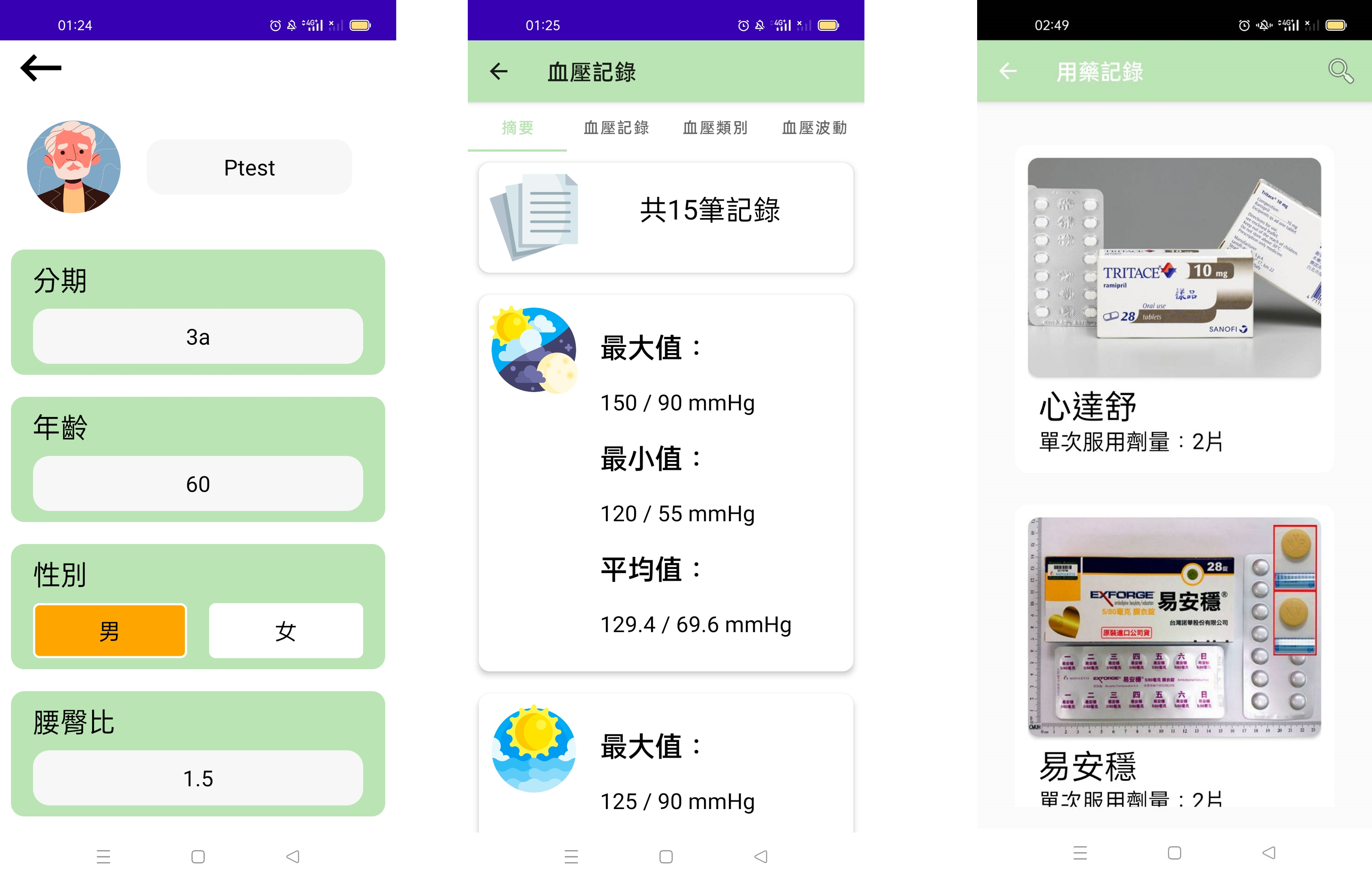
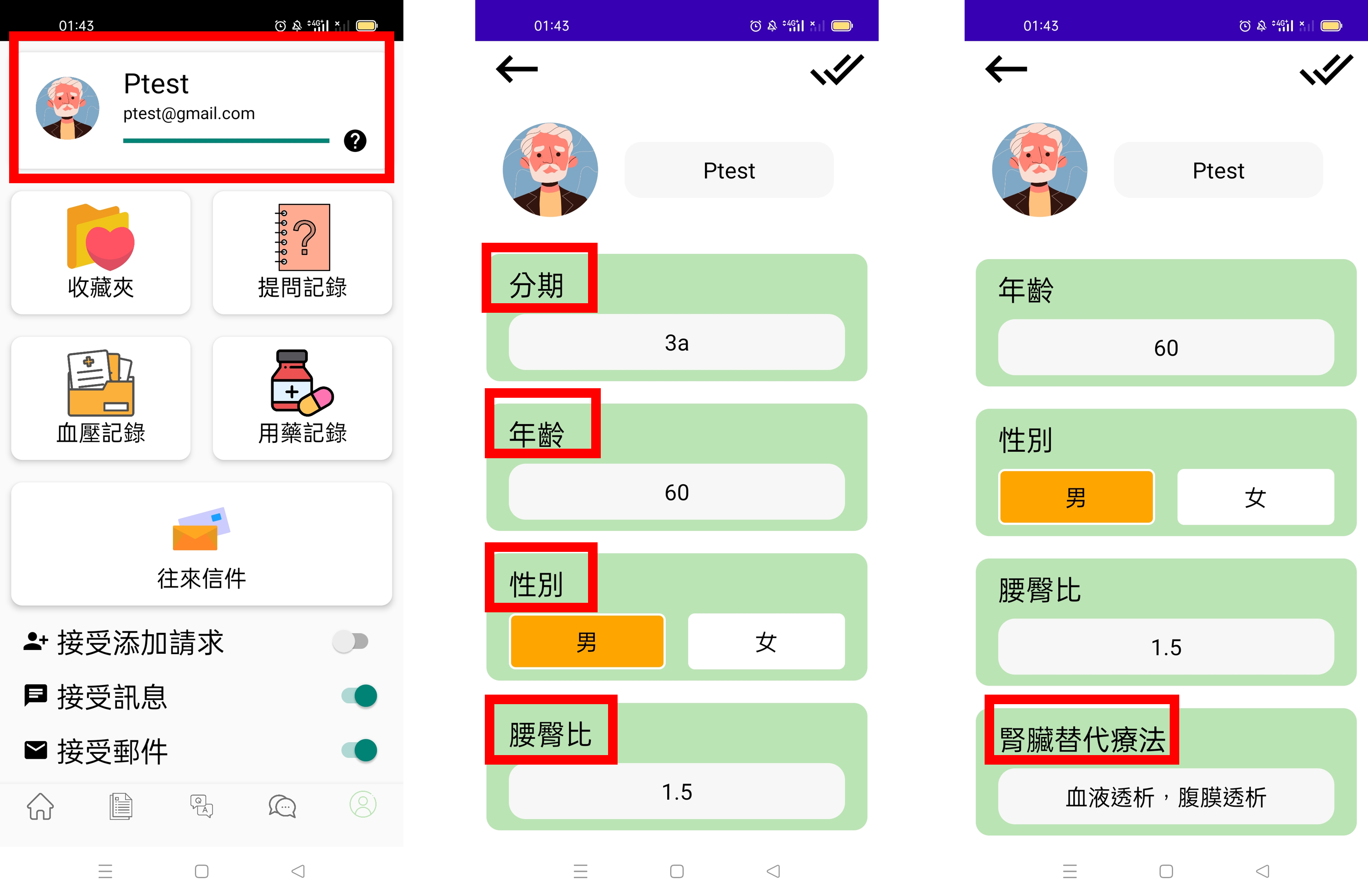
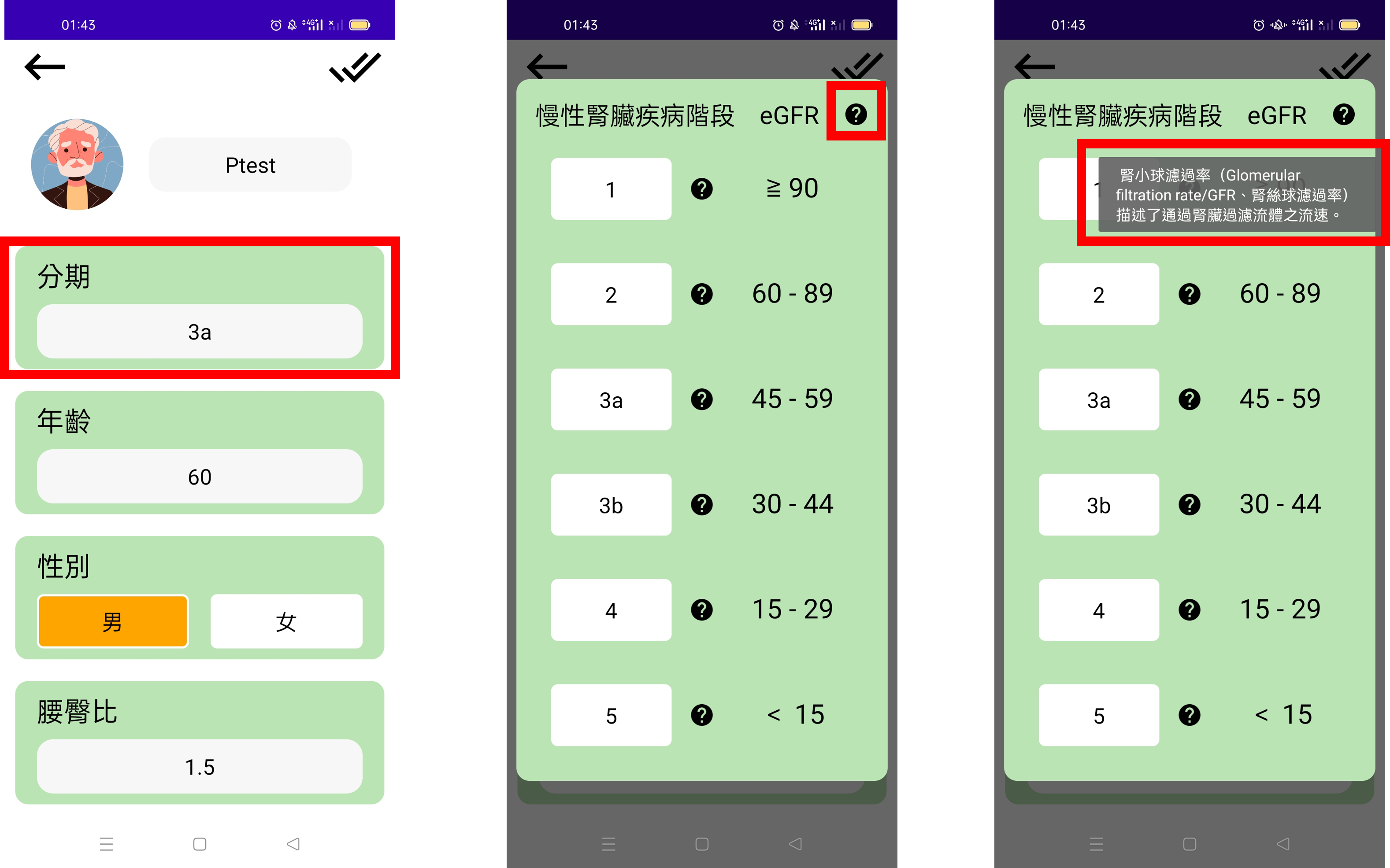
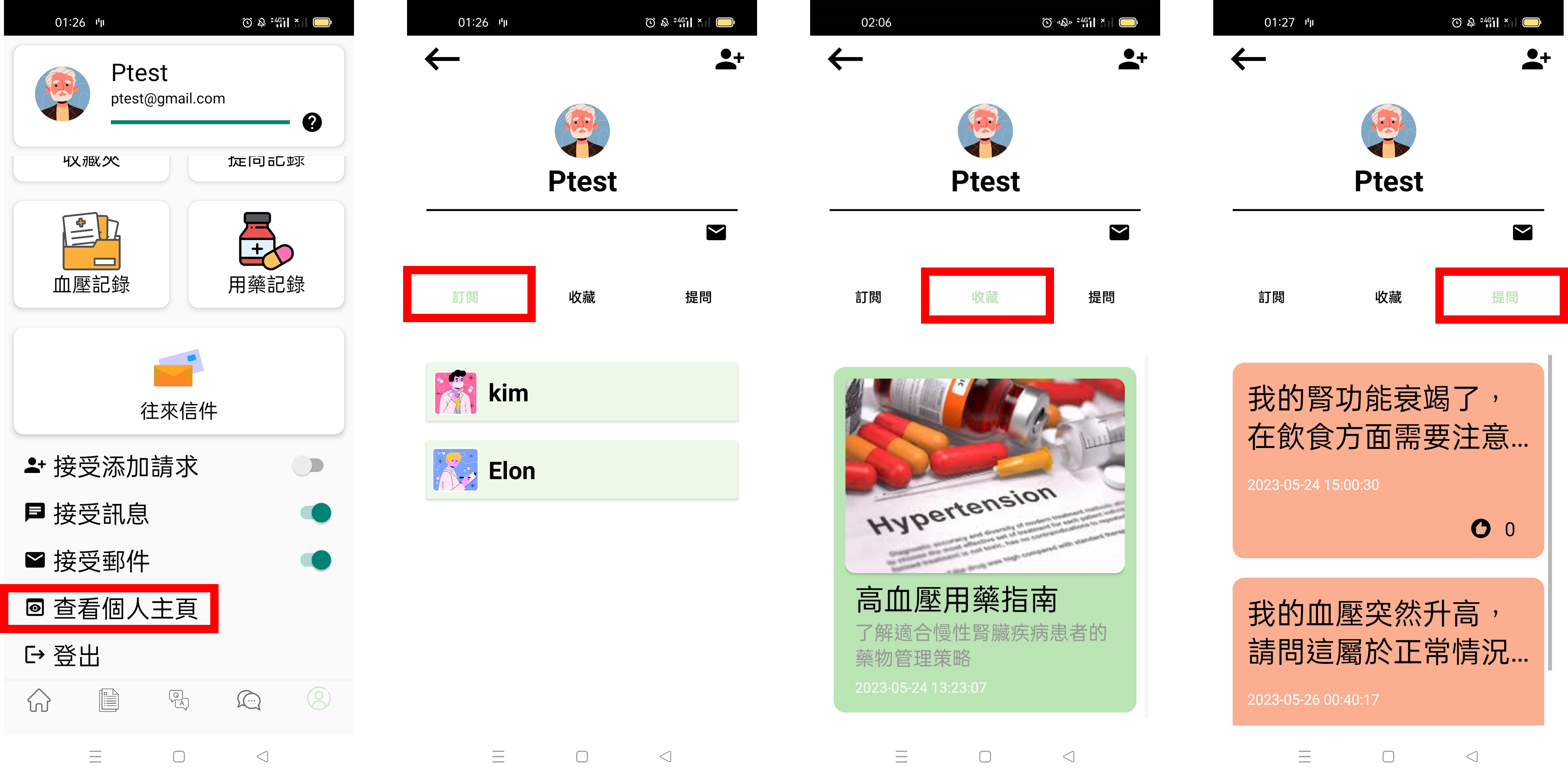
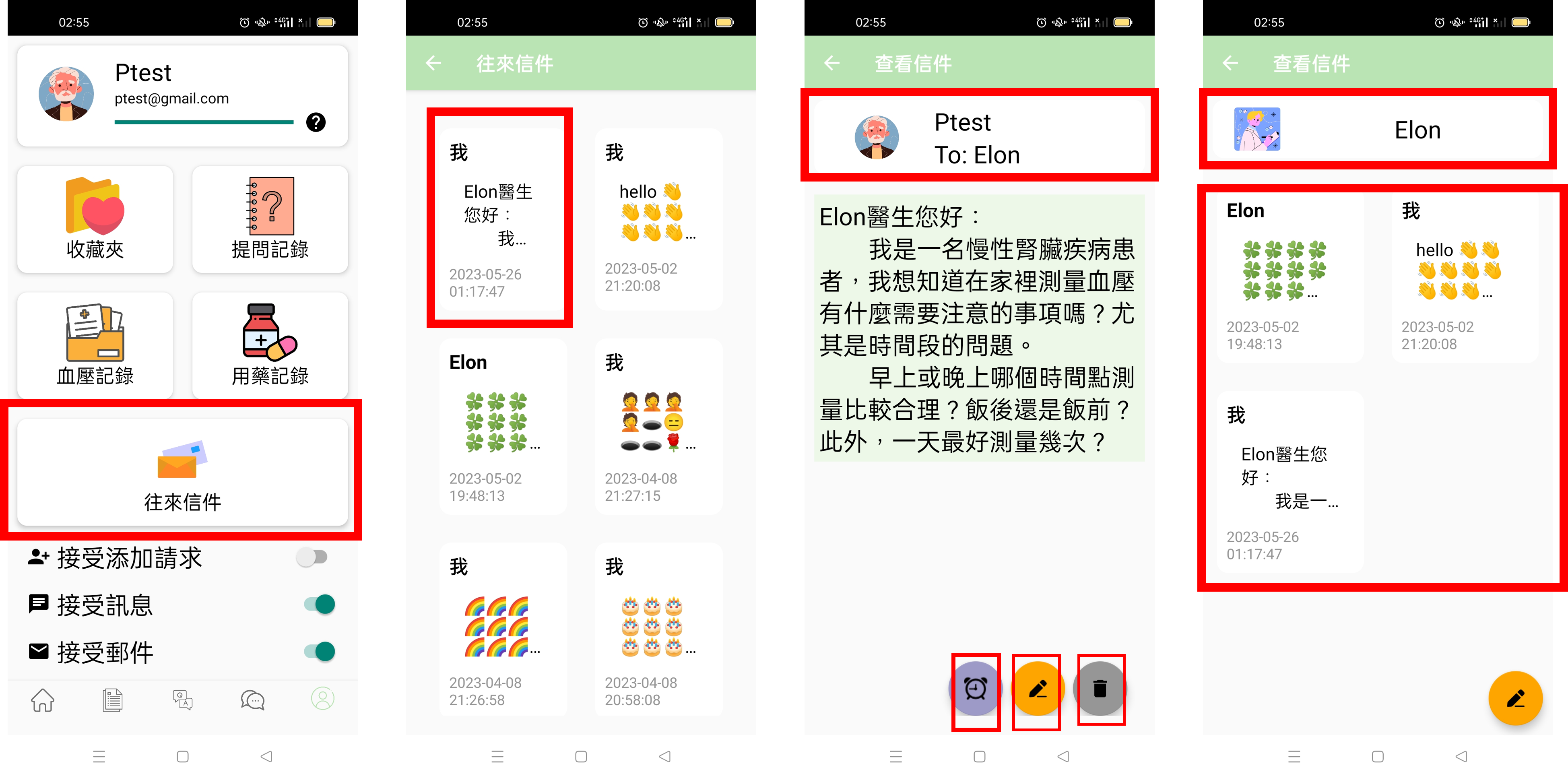

mHealth Application (Medical Worker Version)
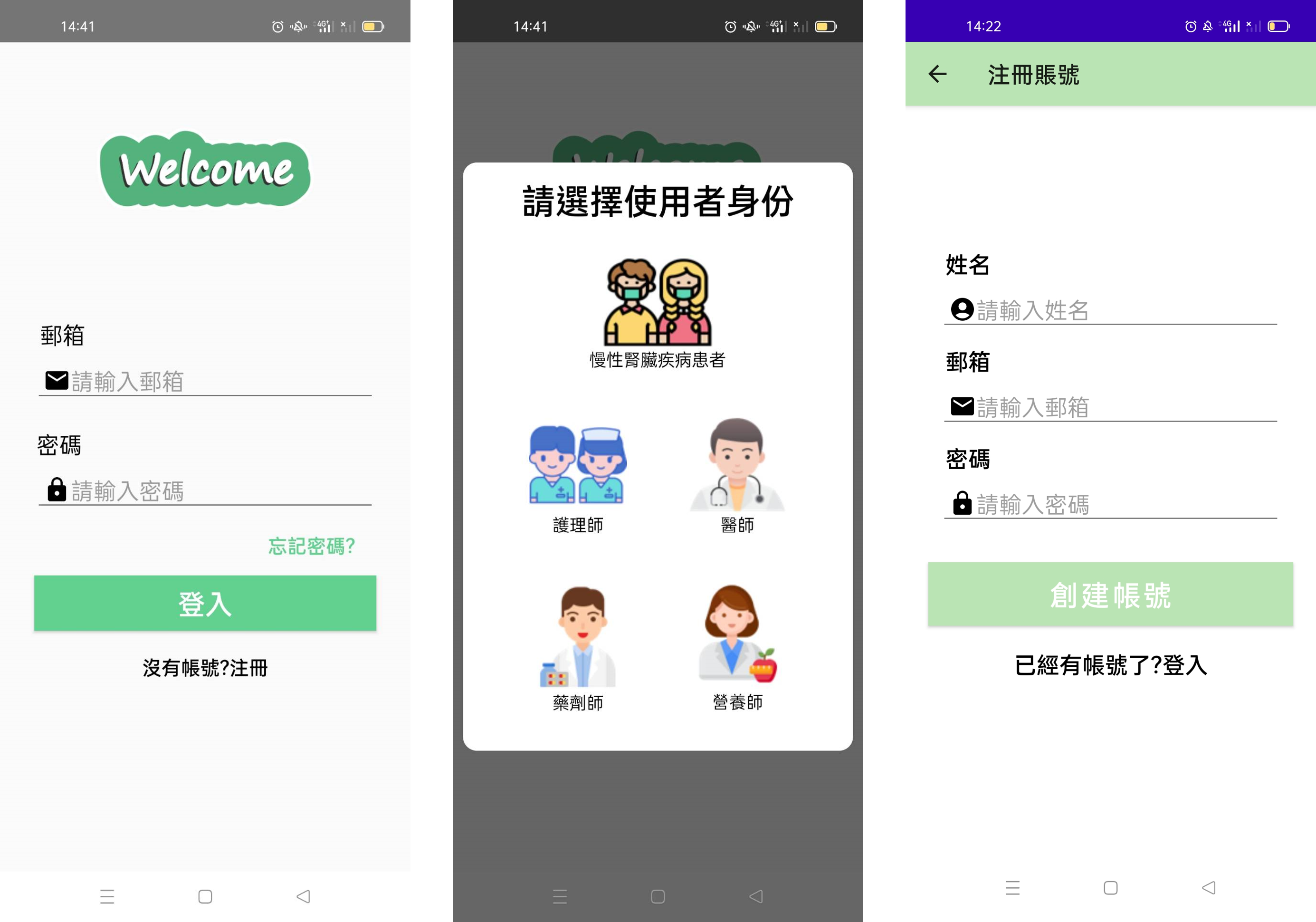
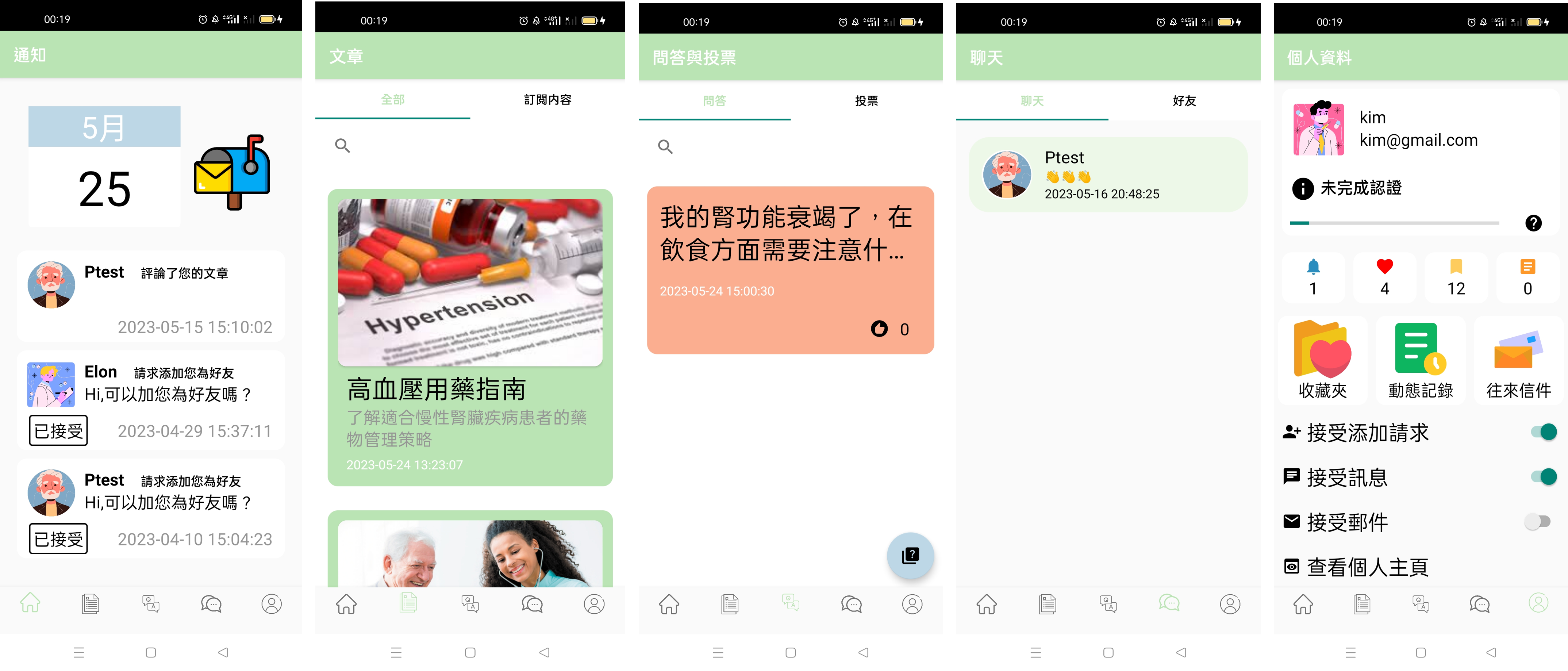
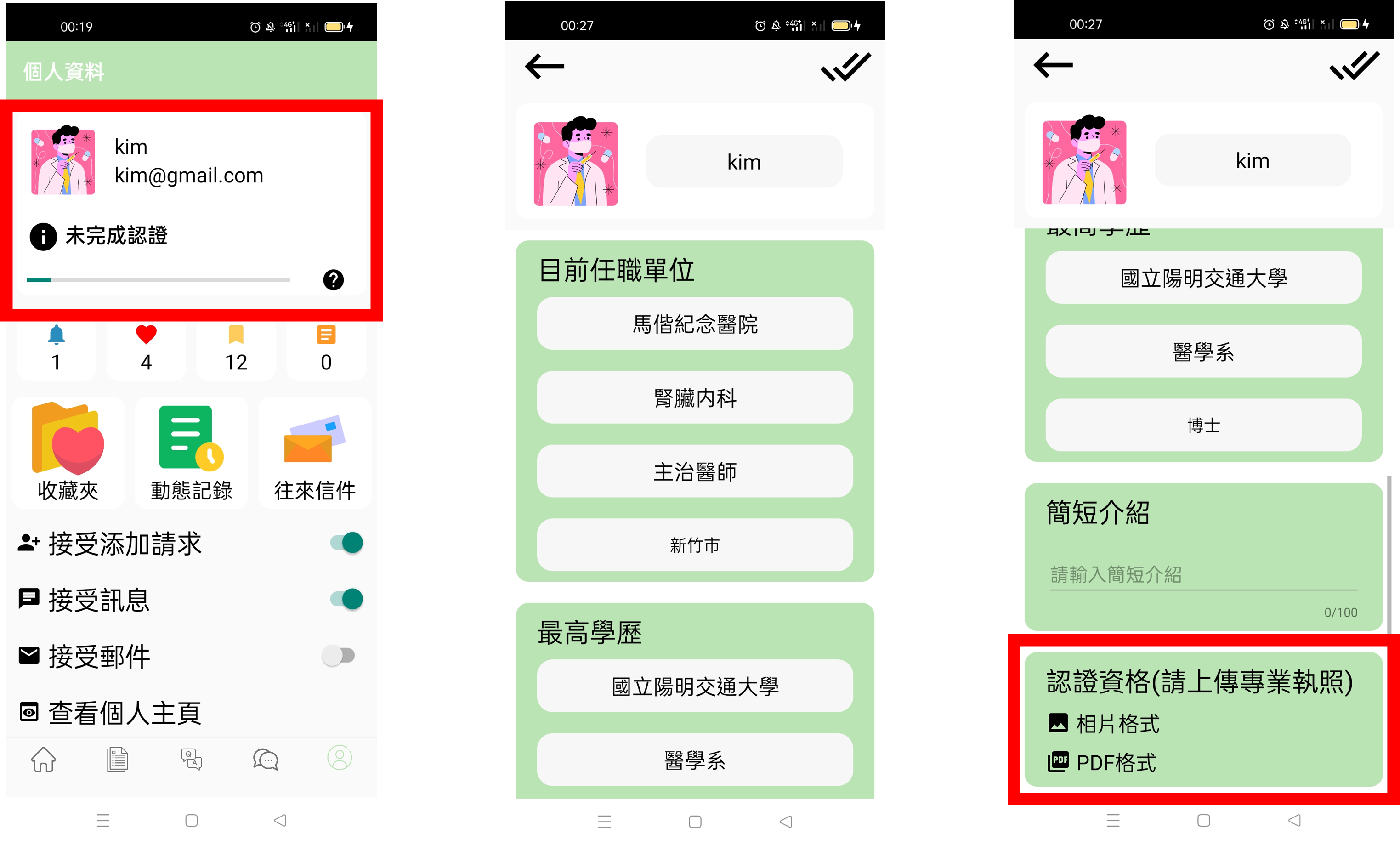
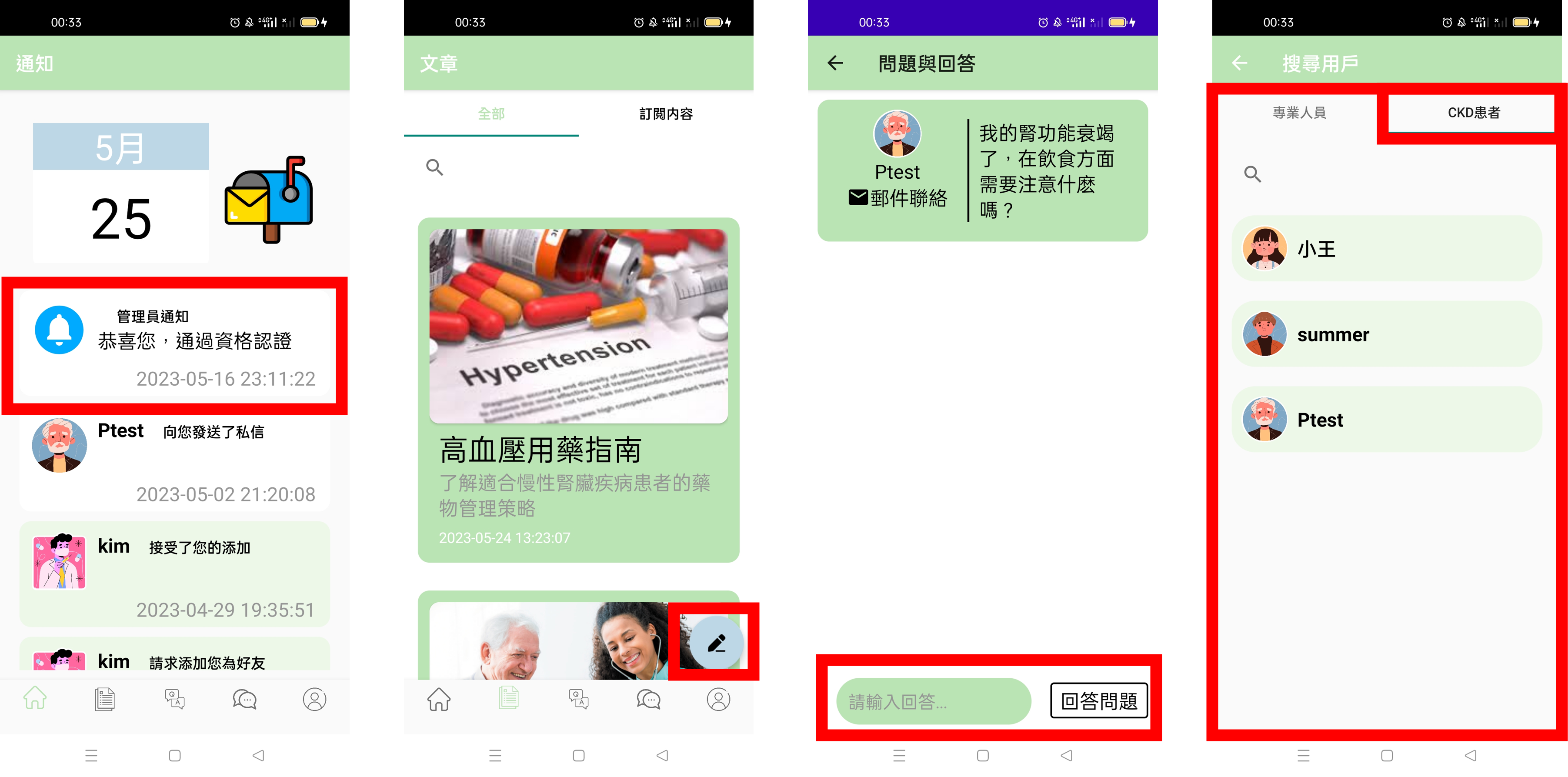
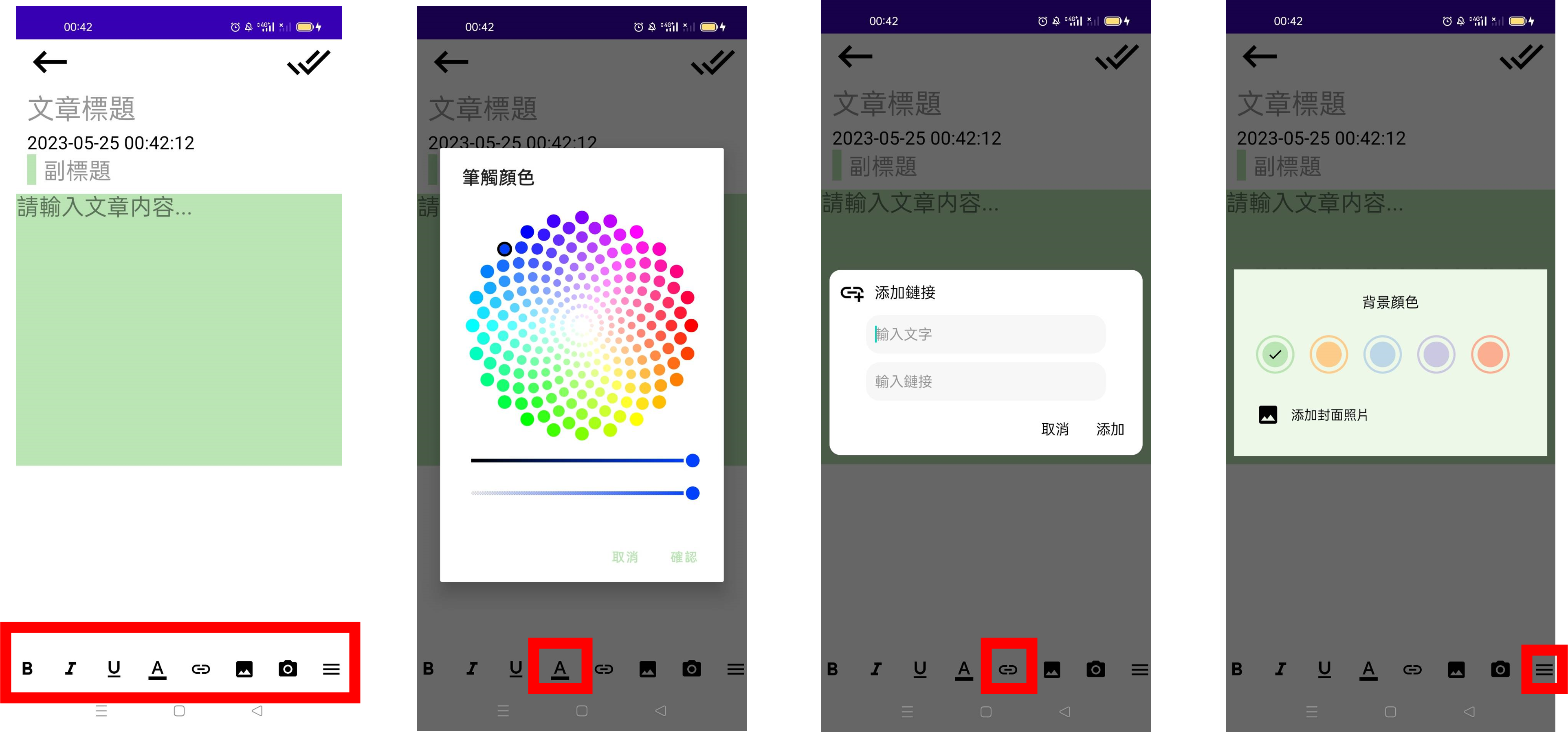
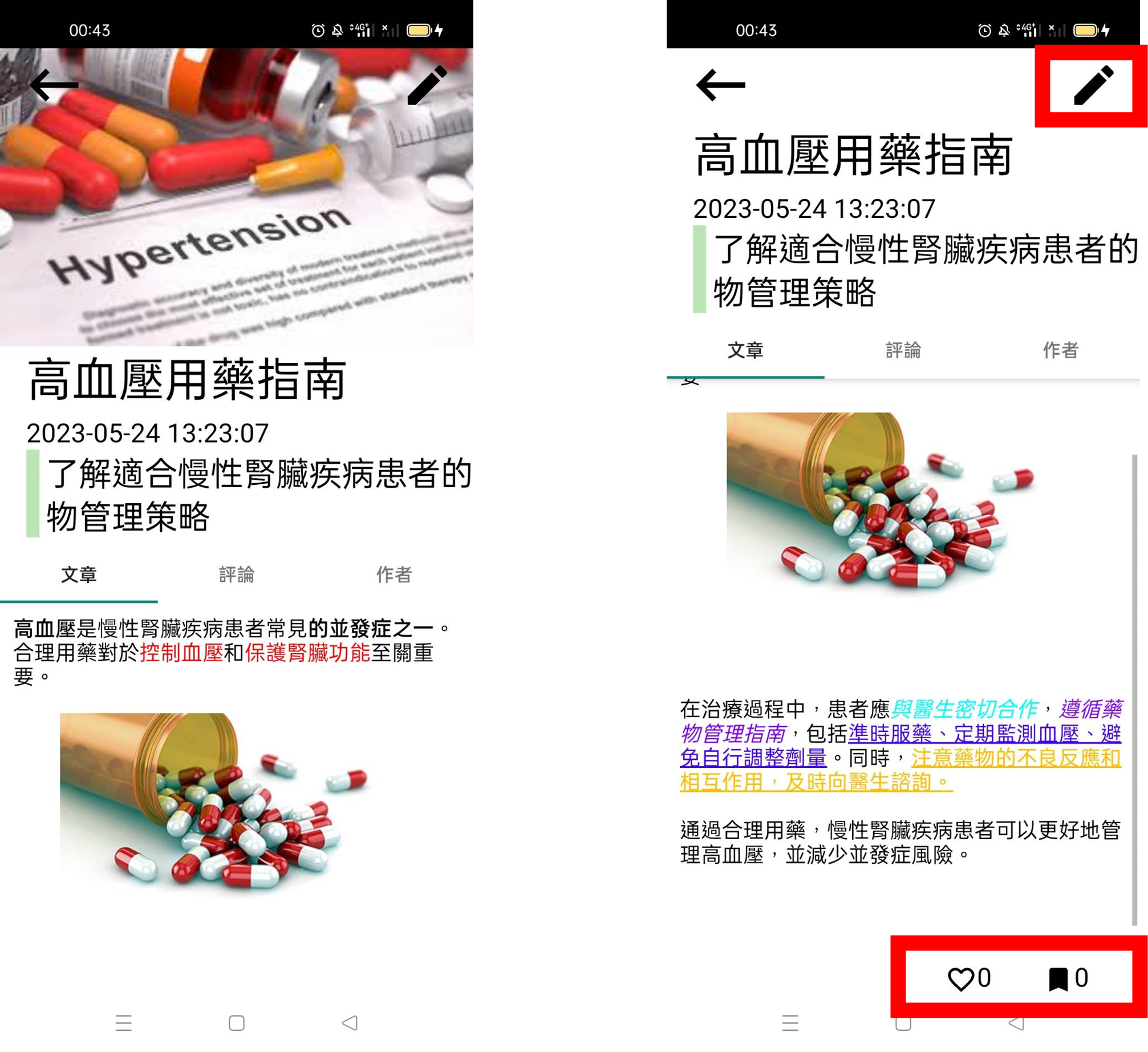
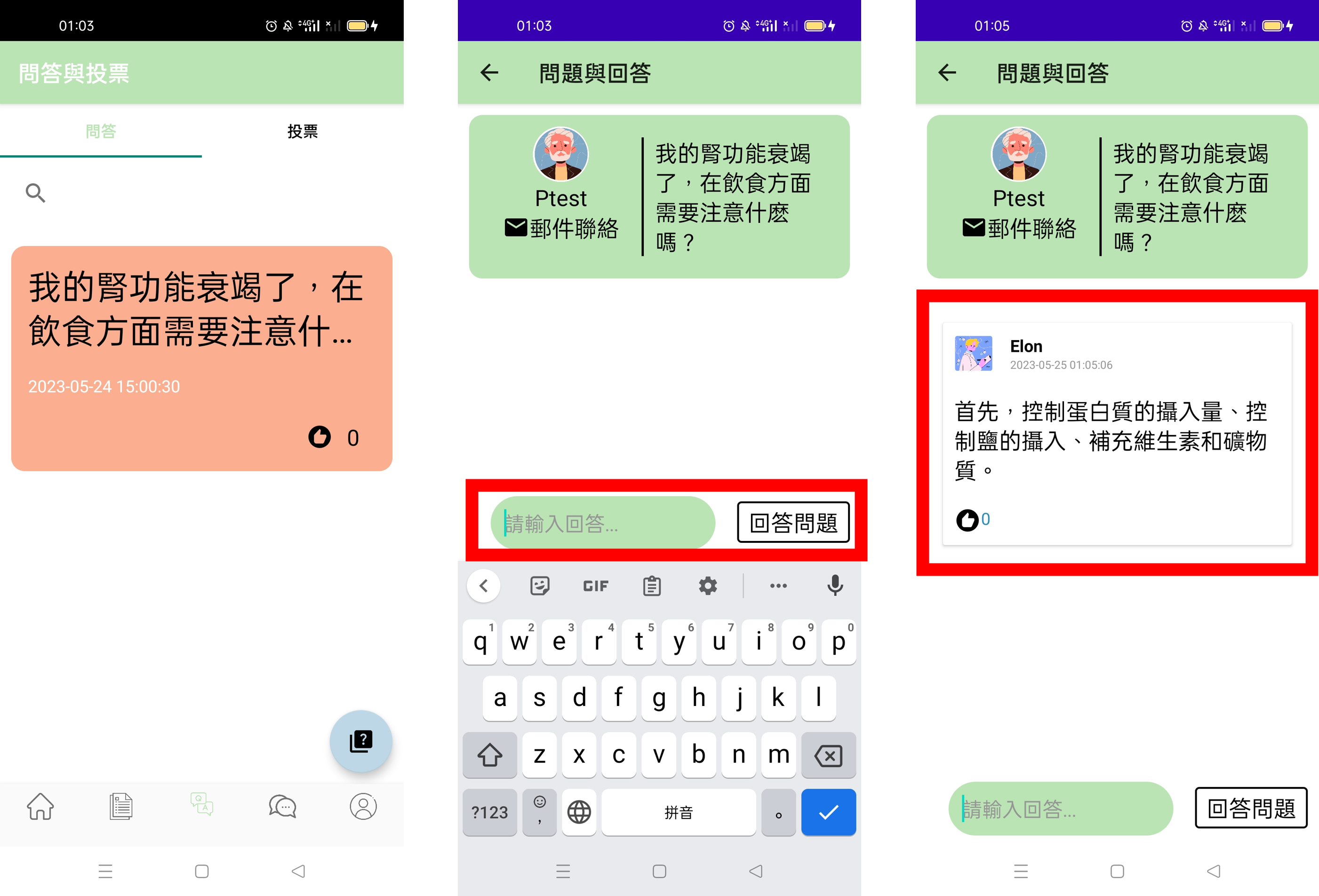
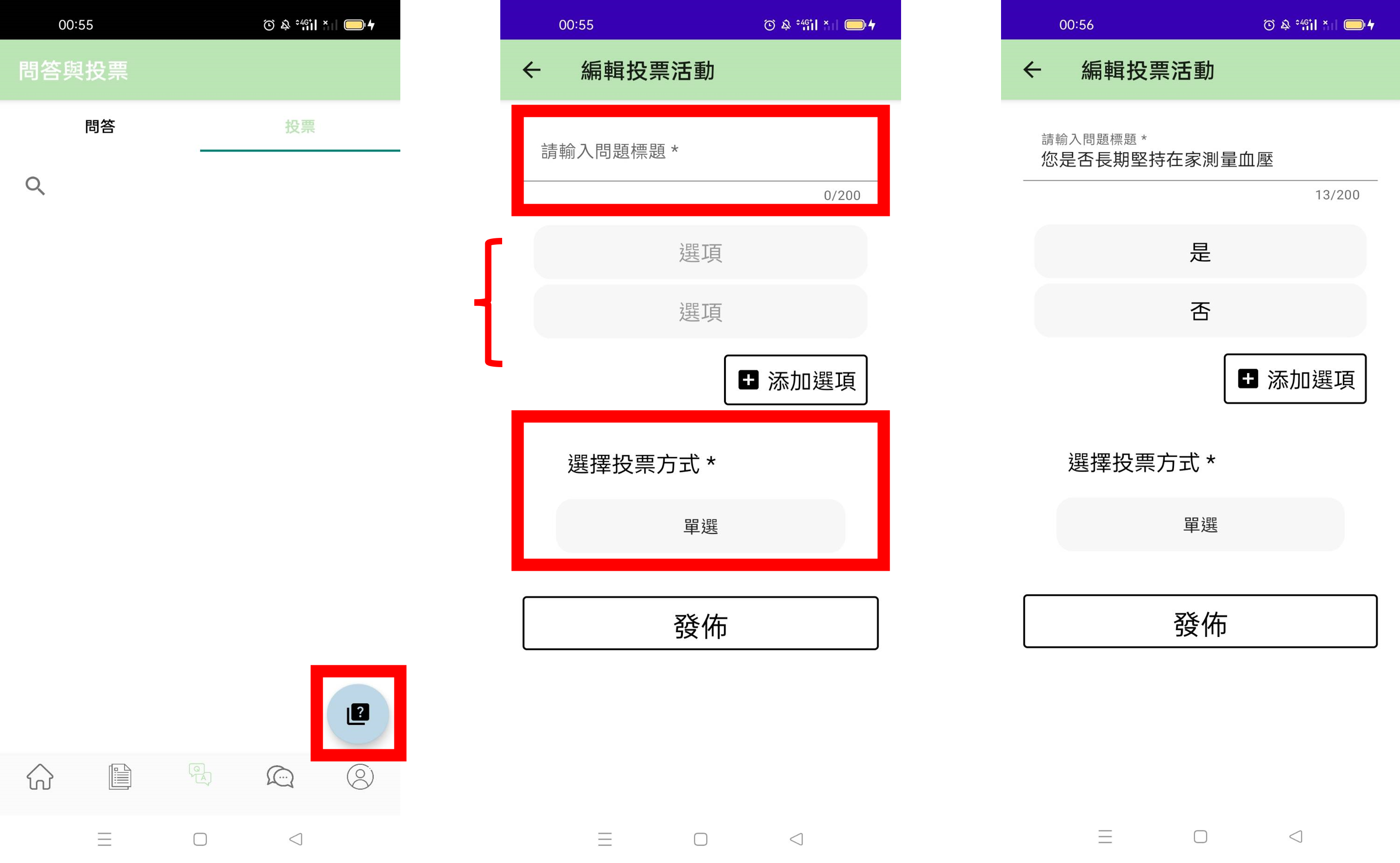
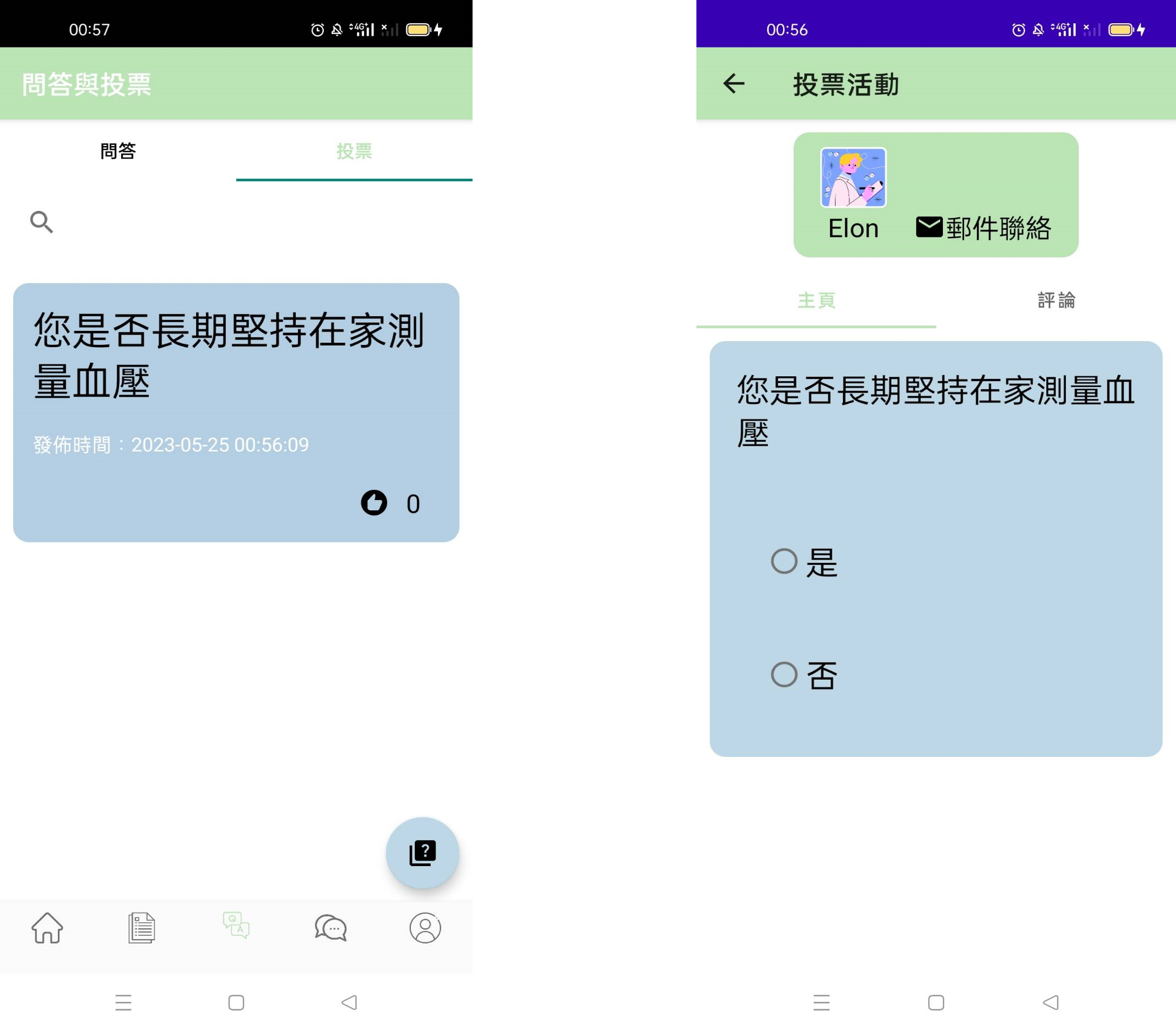
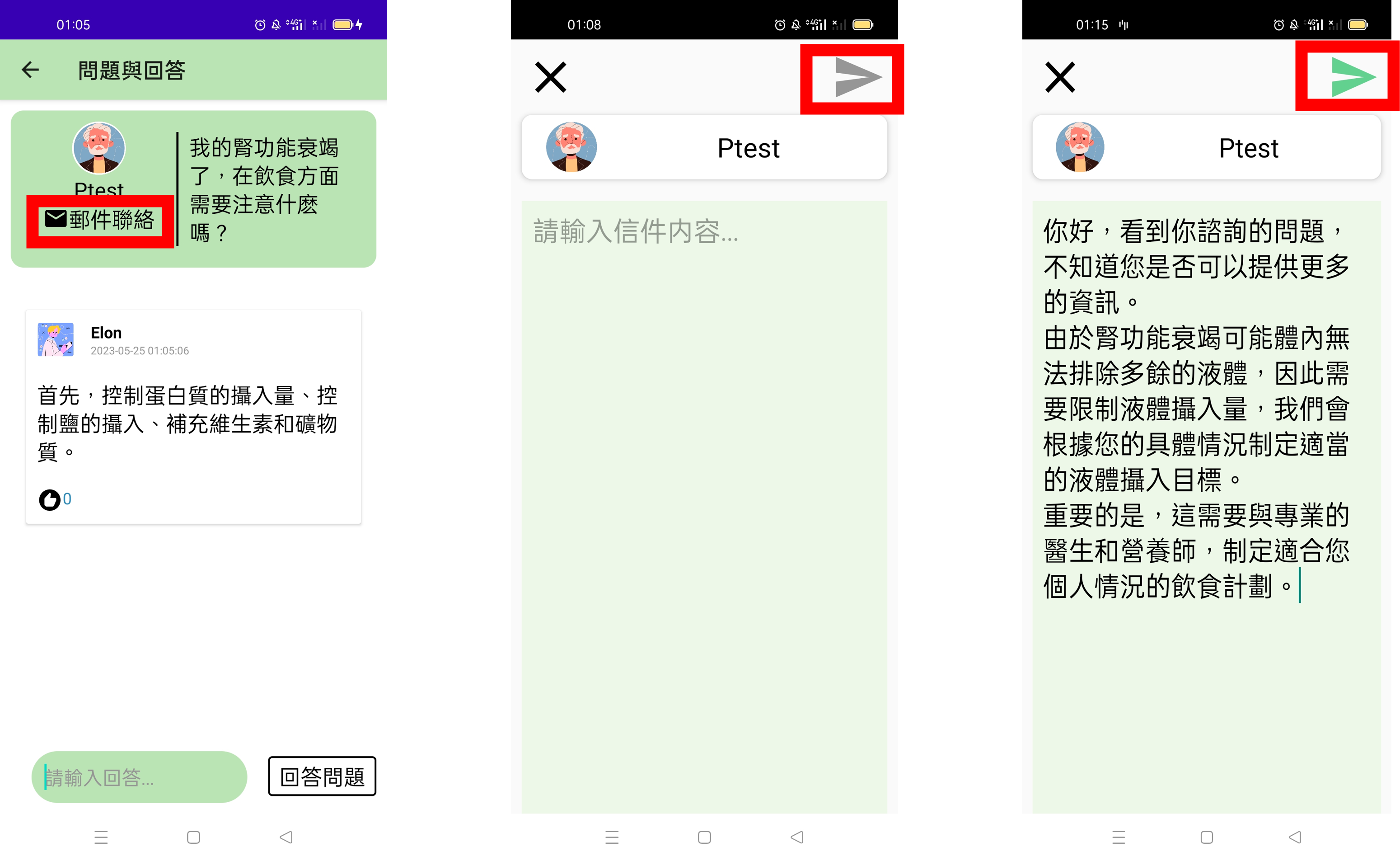
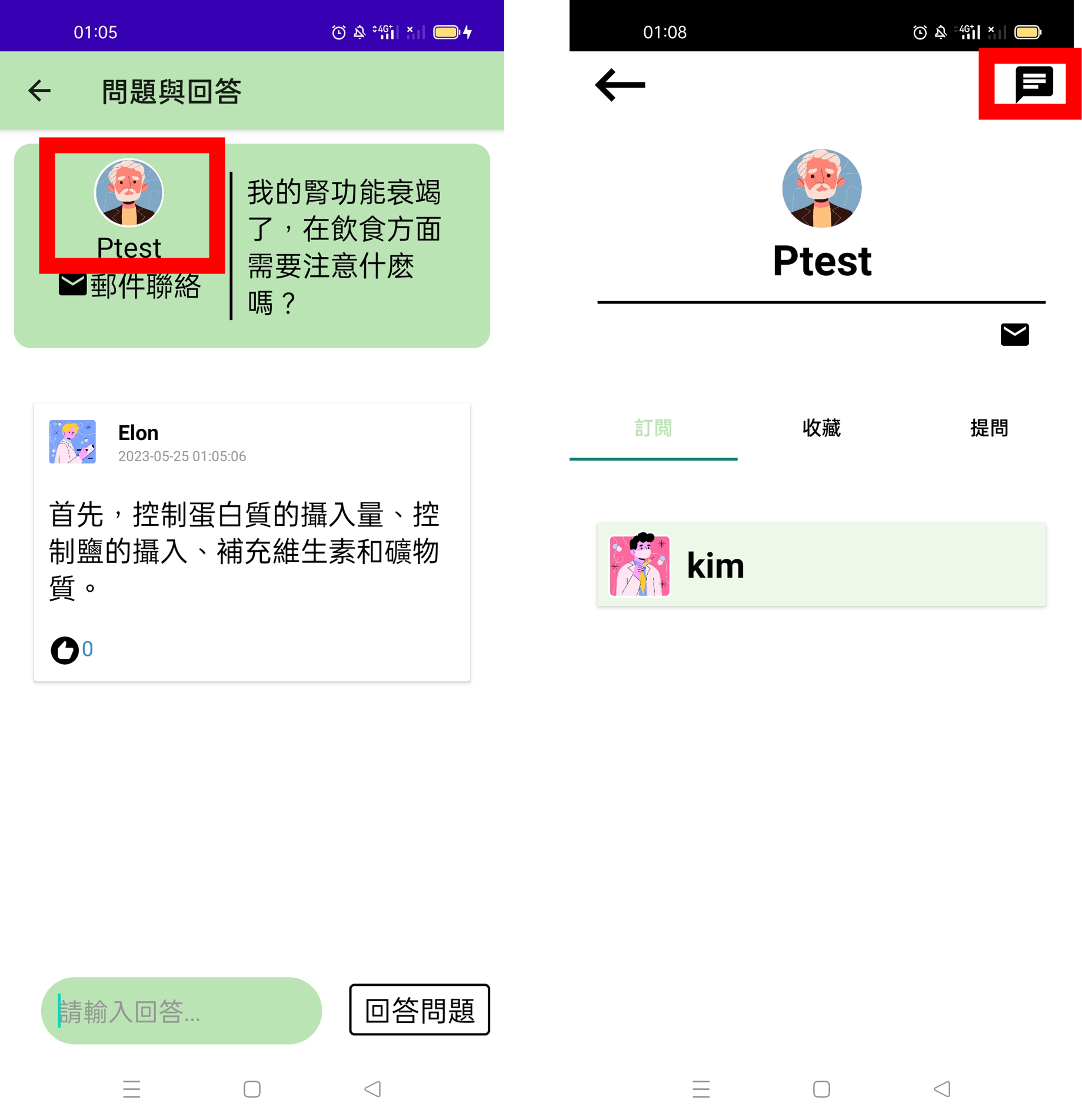
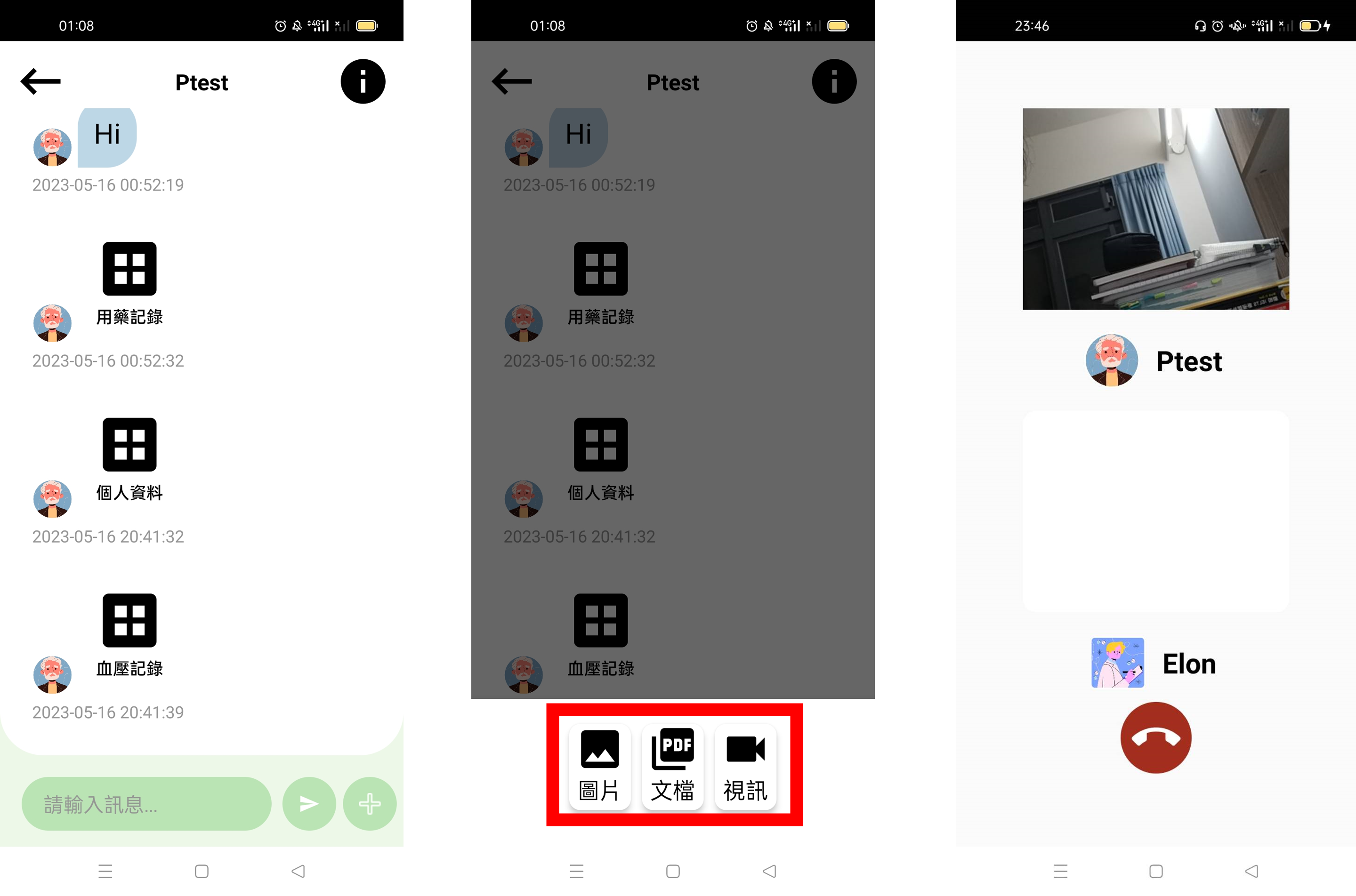
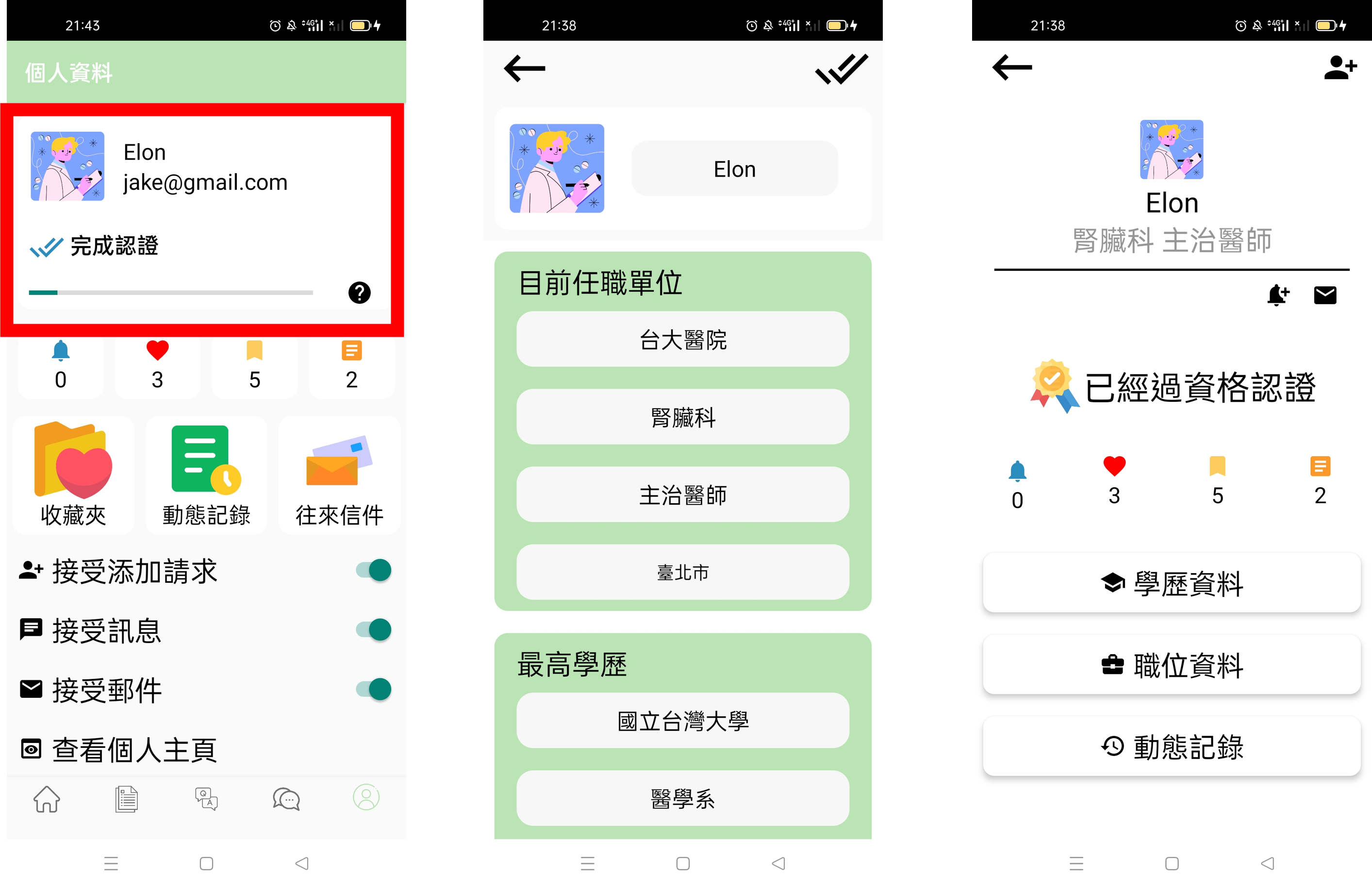
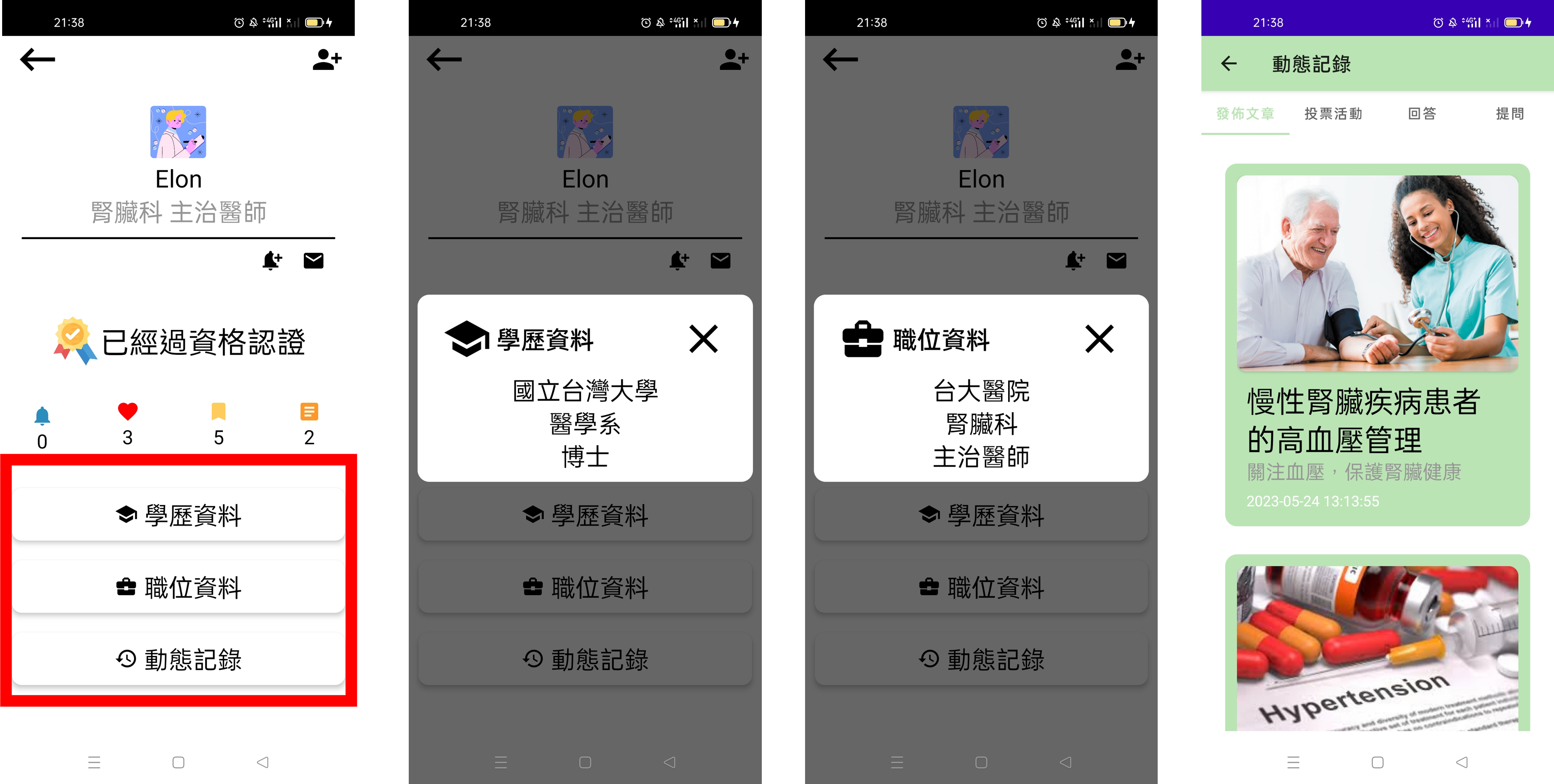
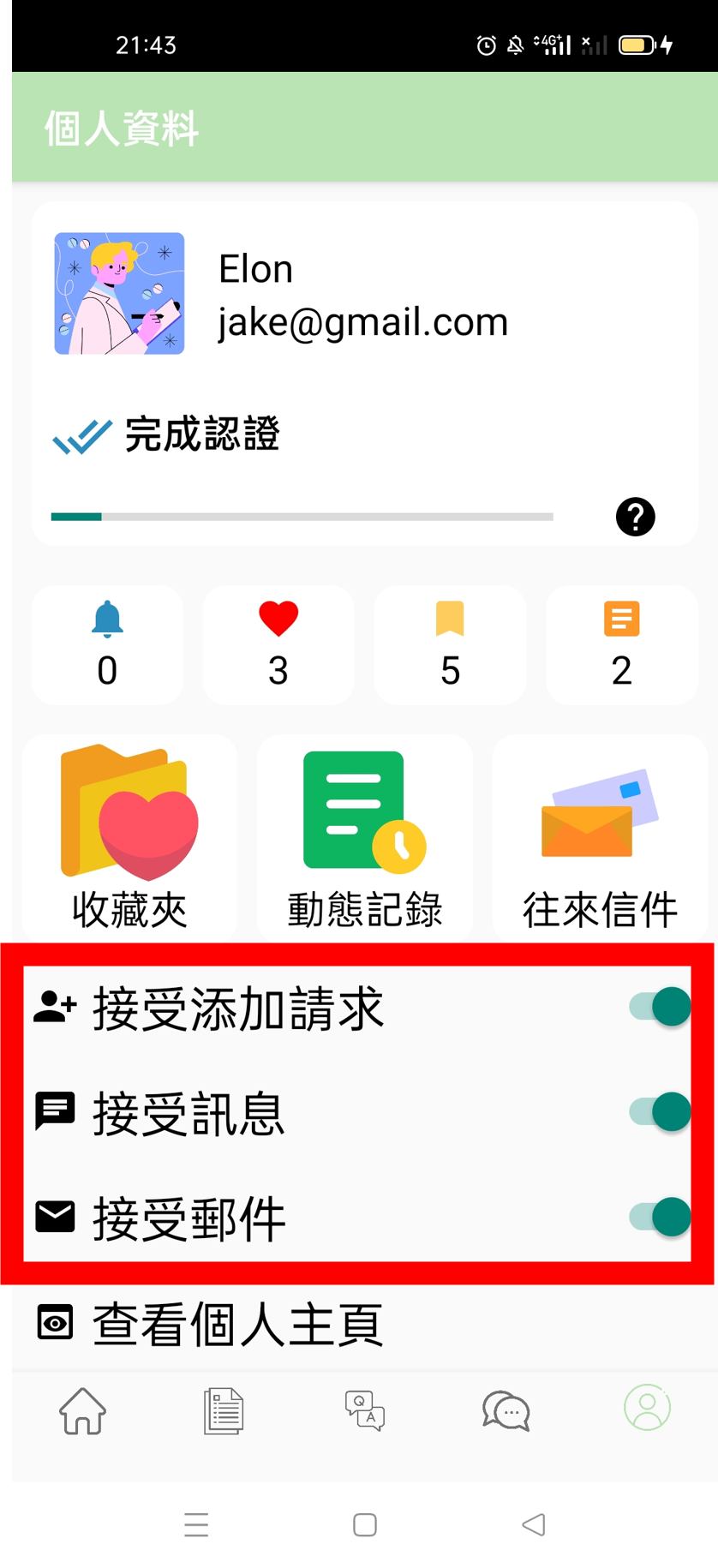
Administrator Website
